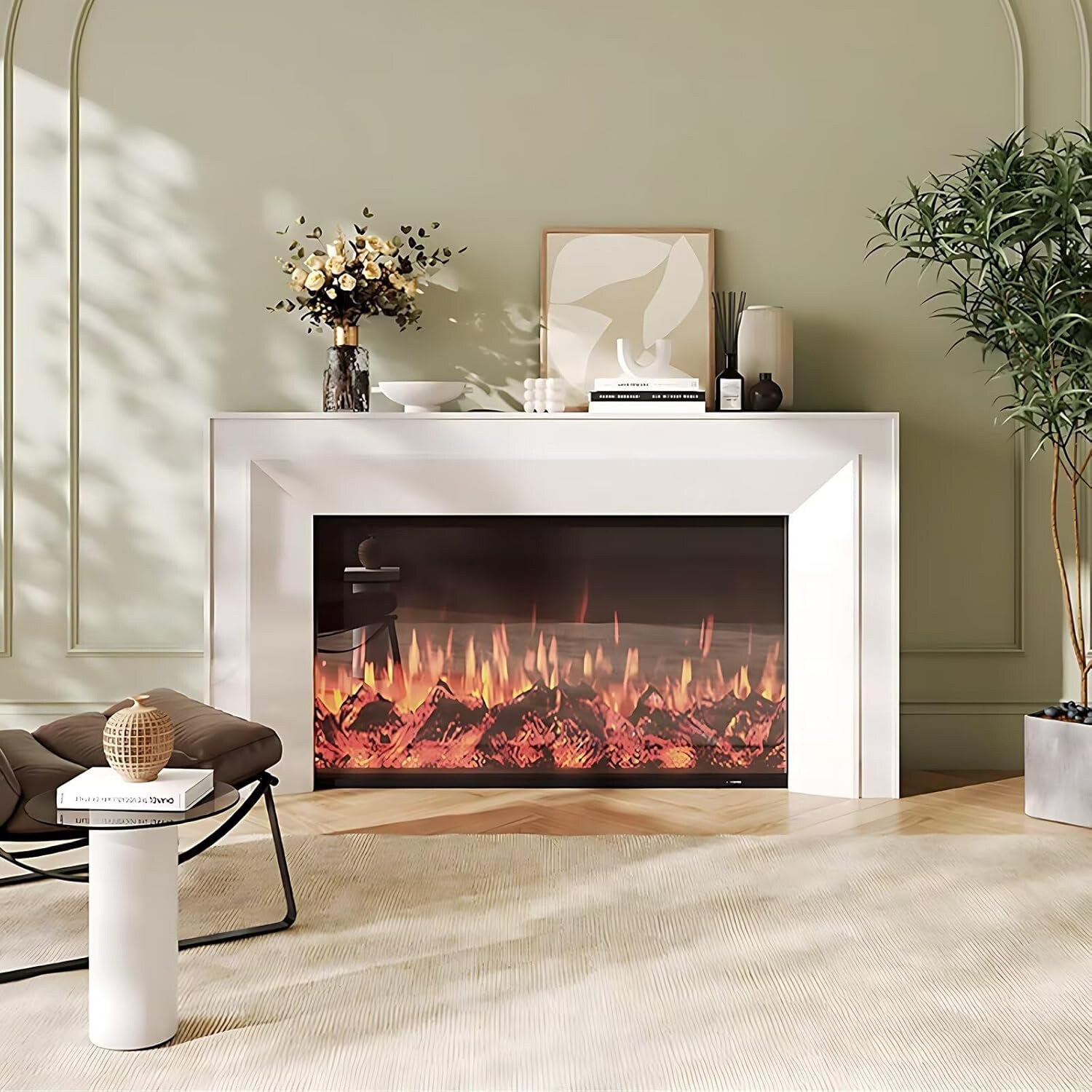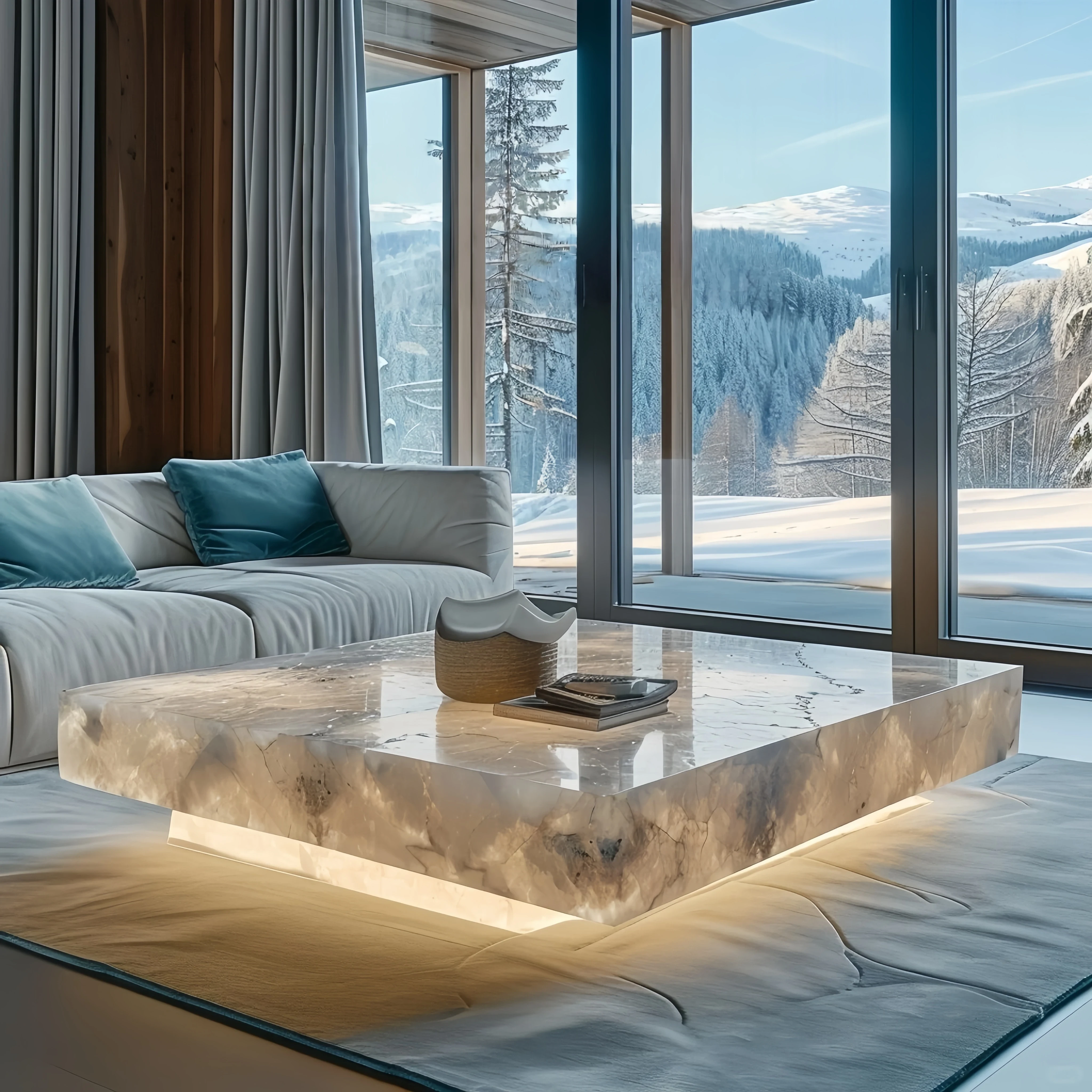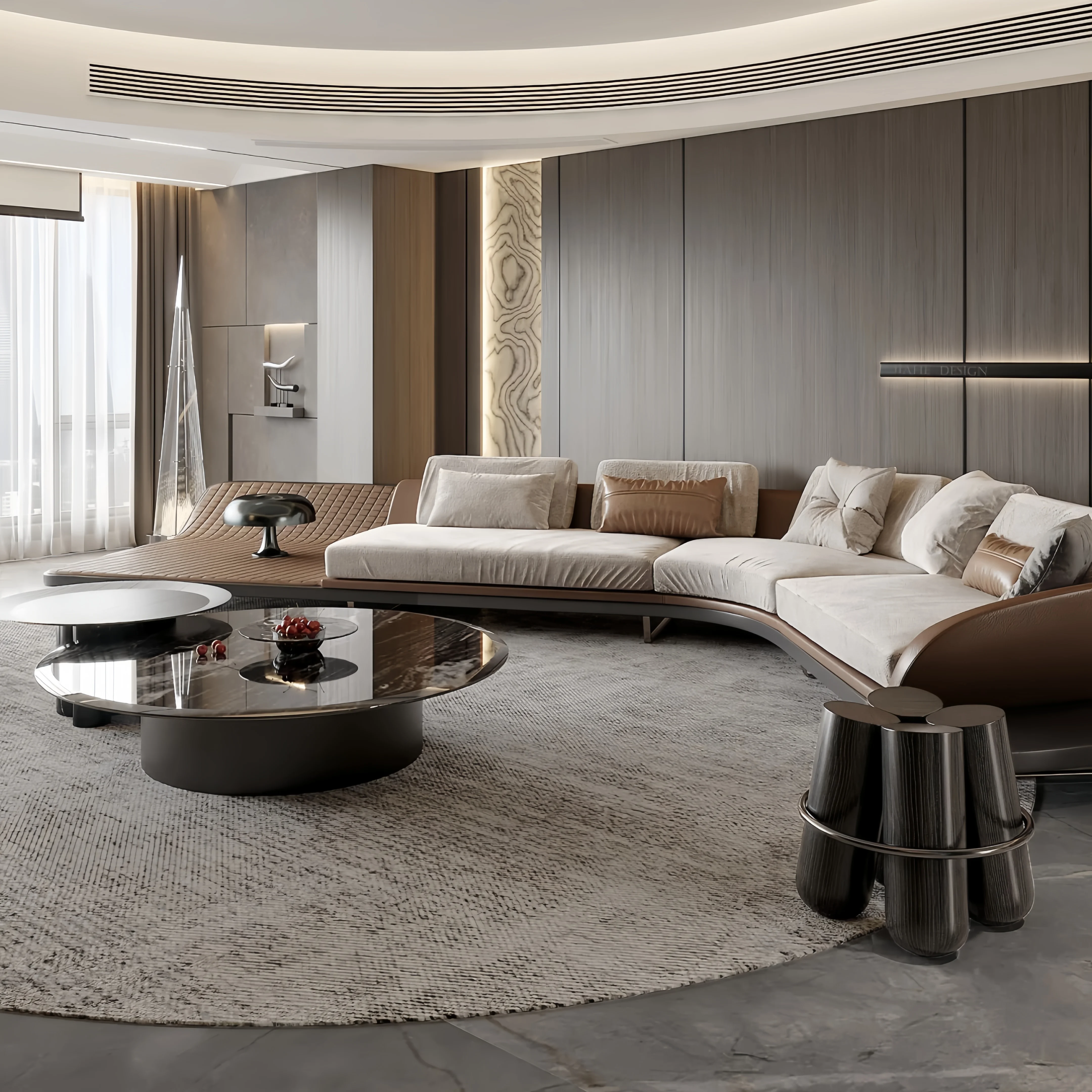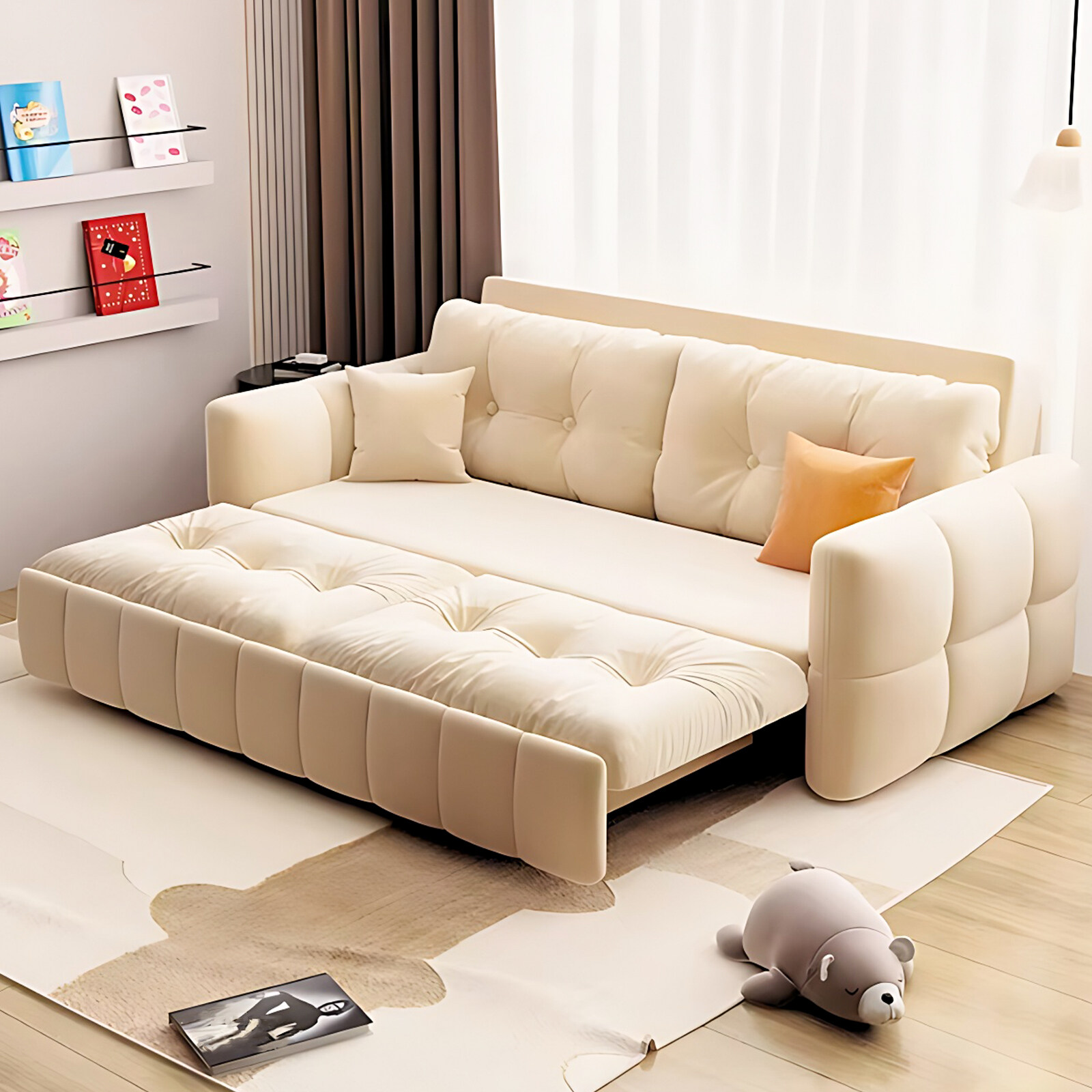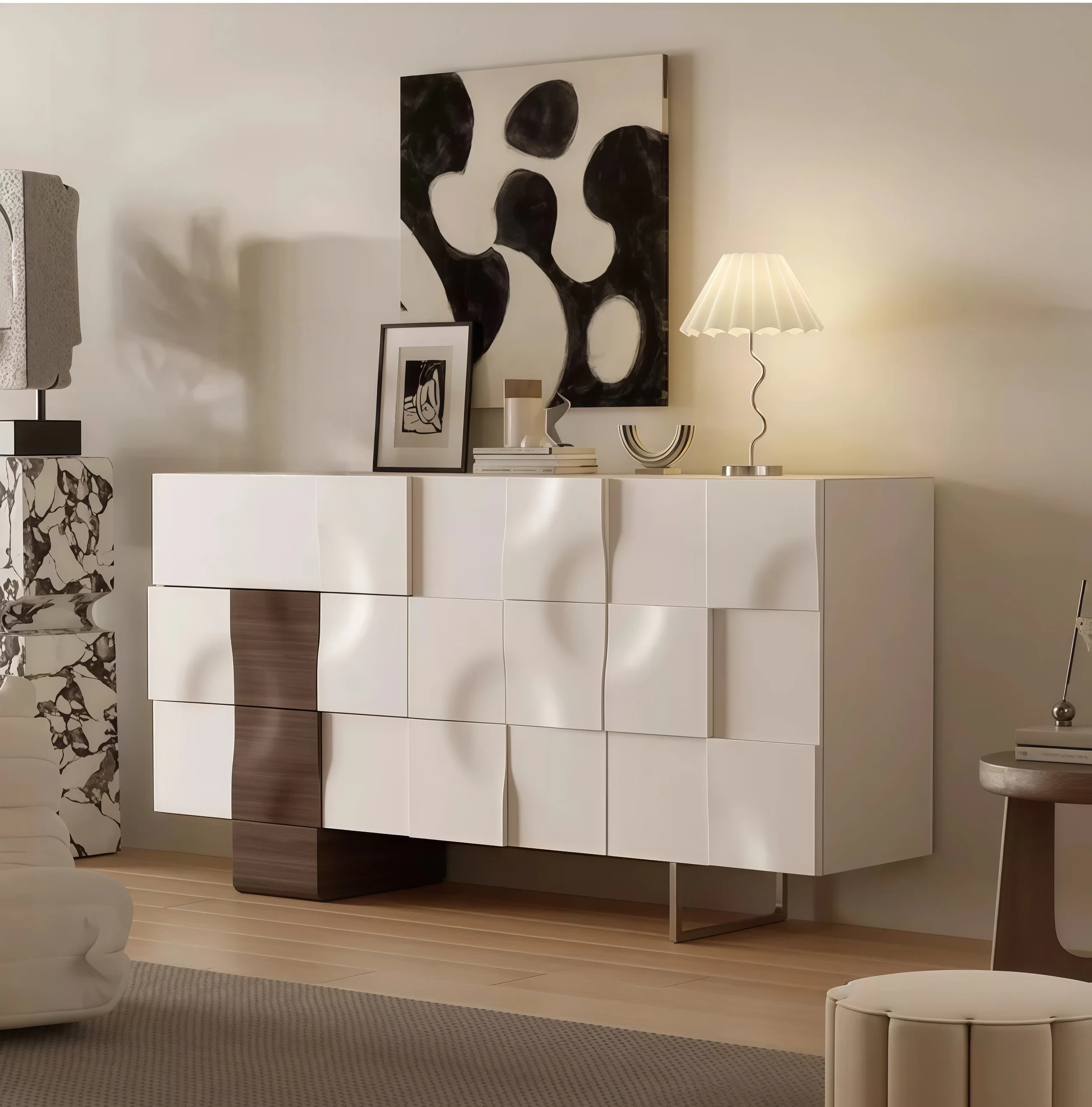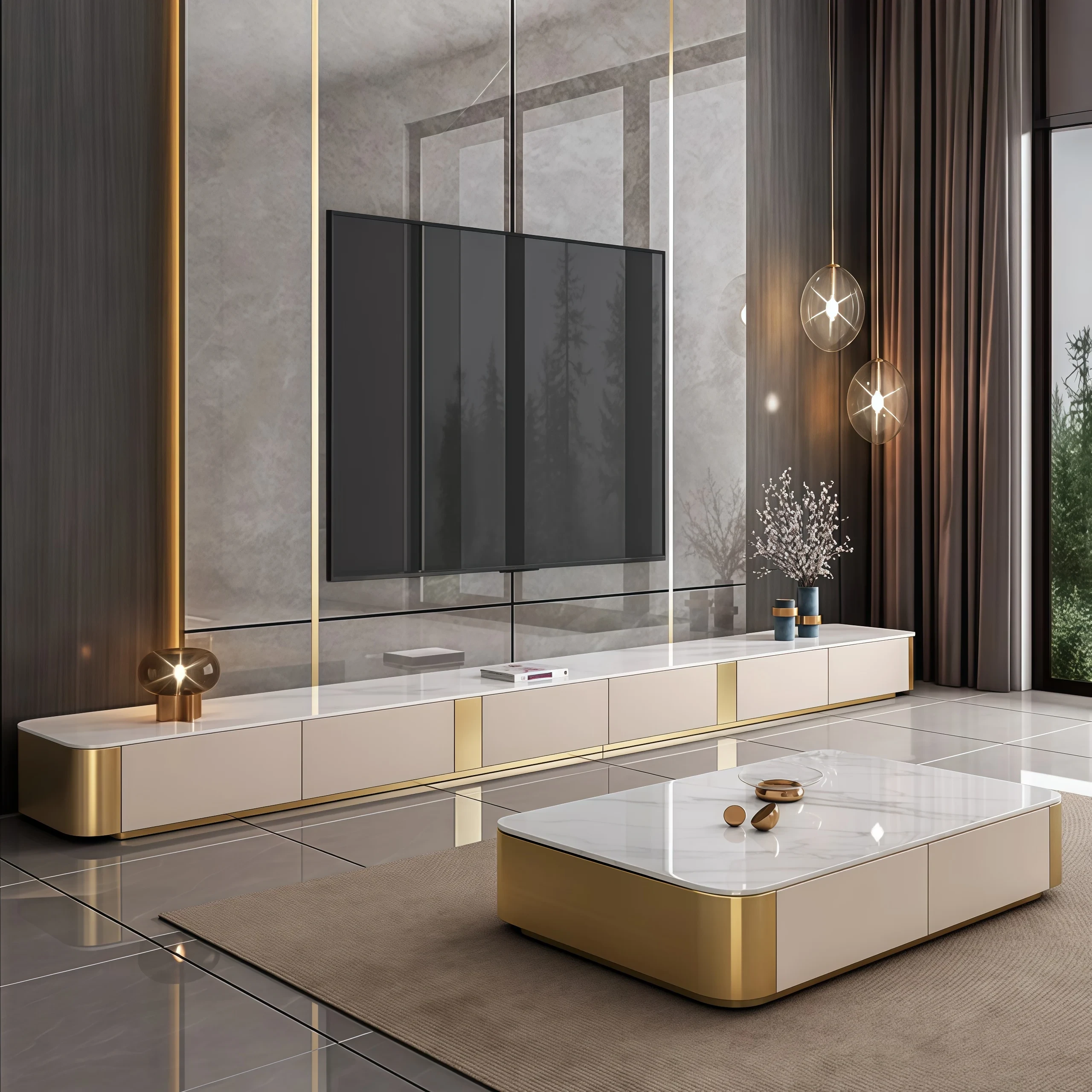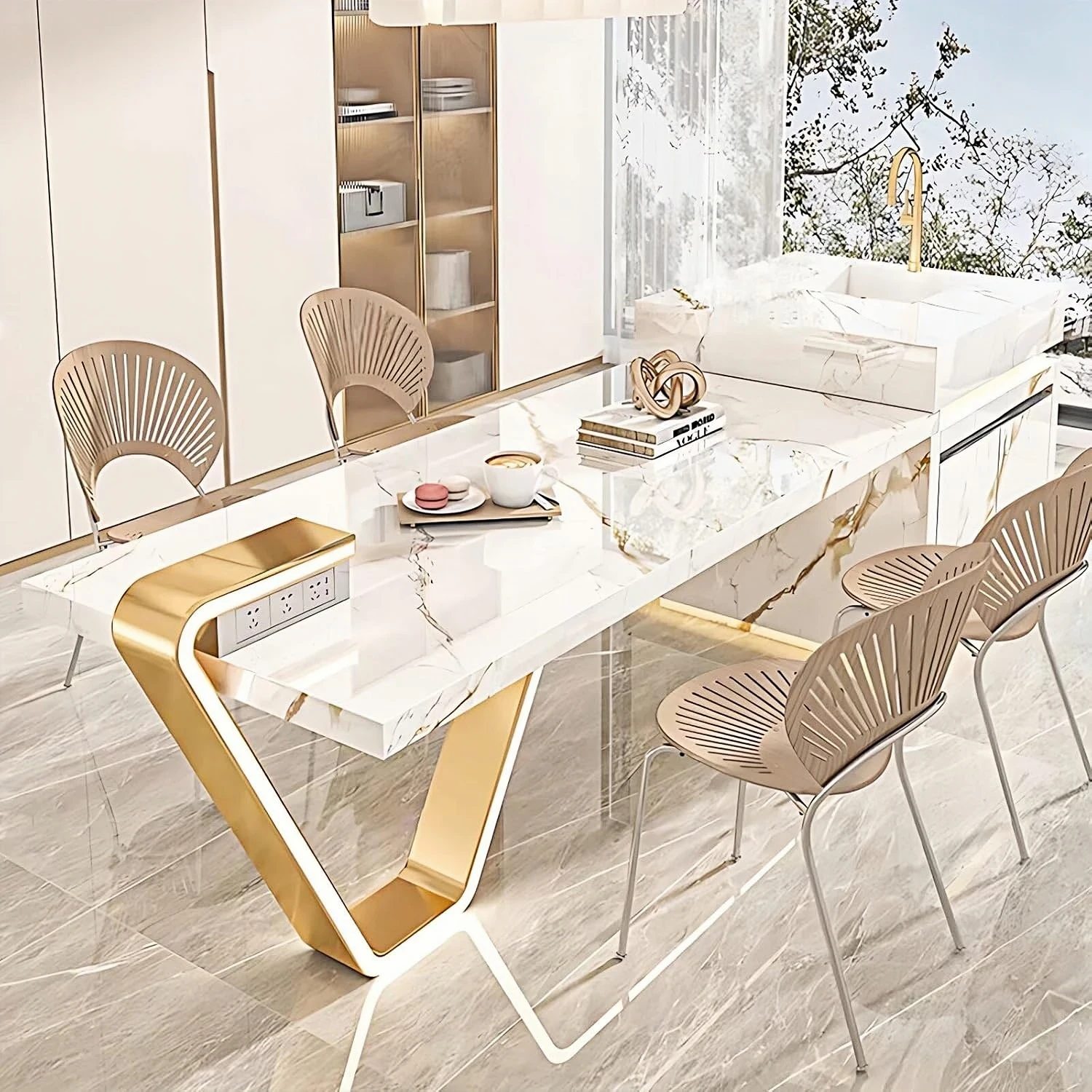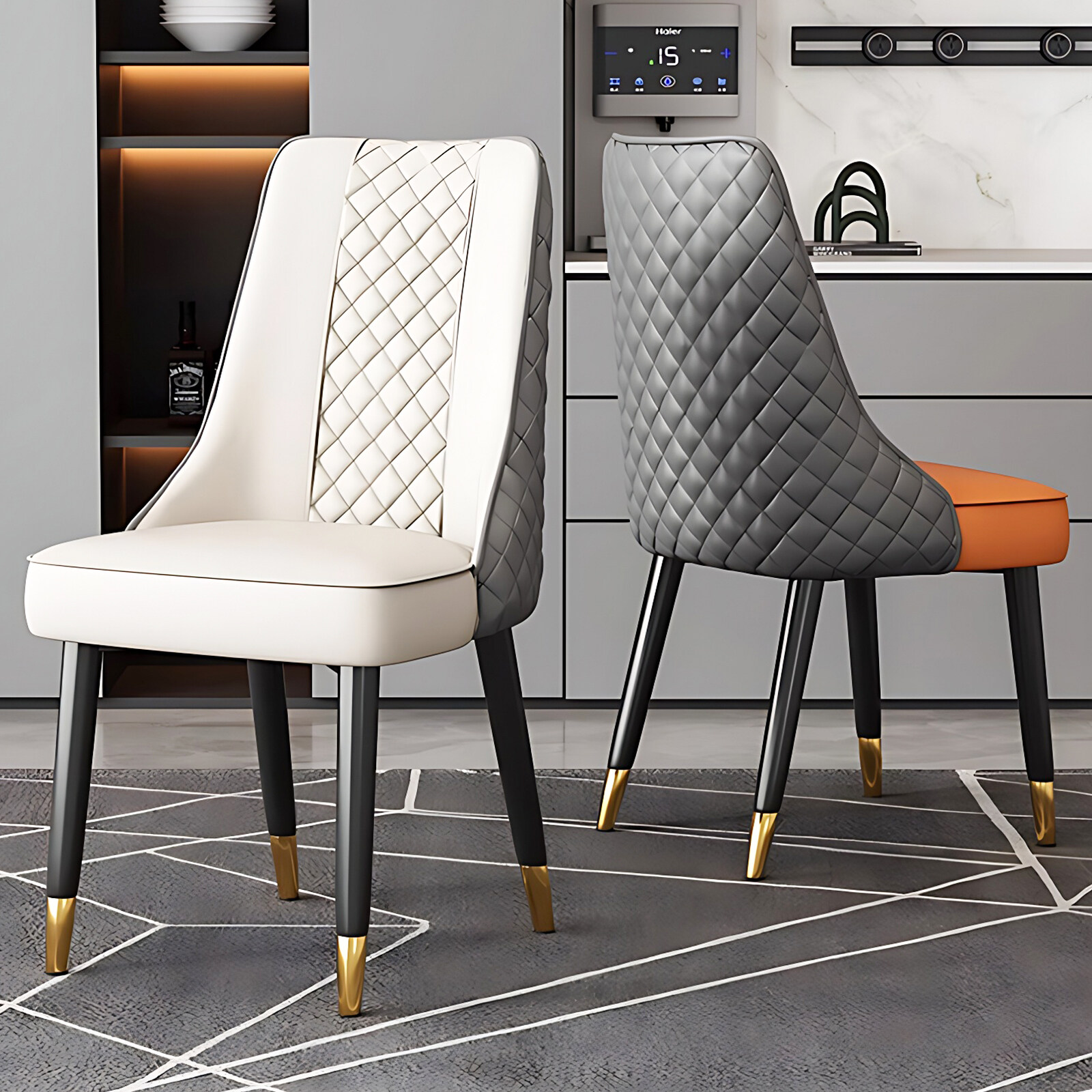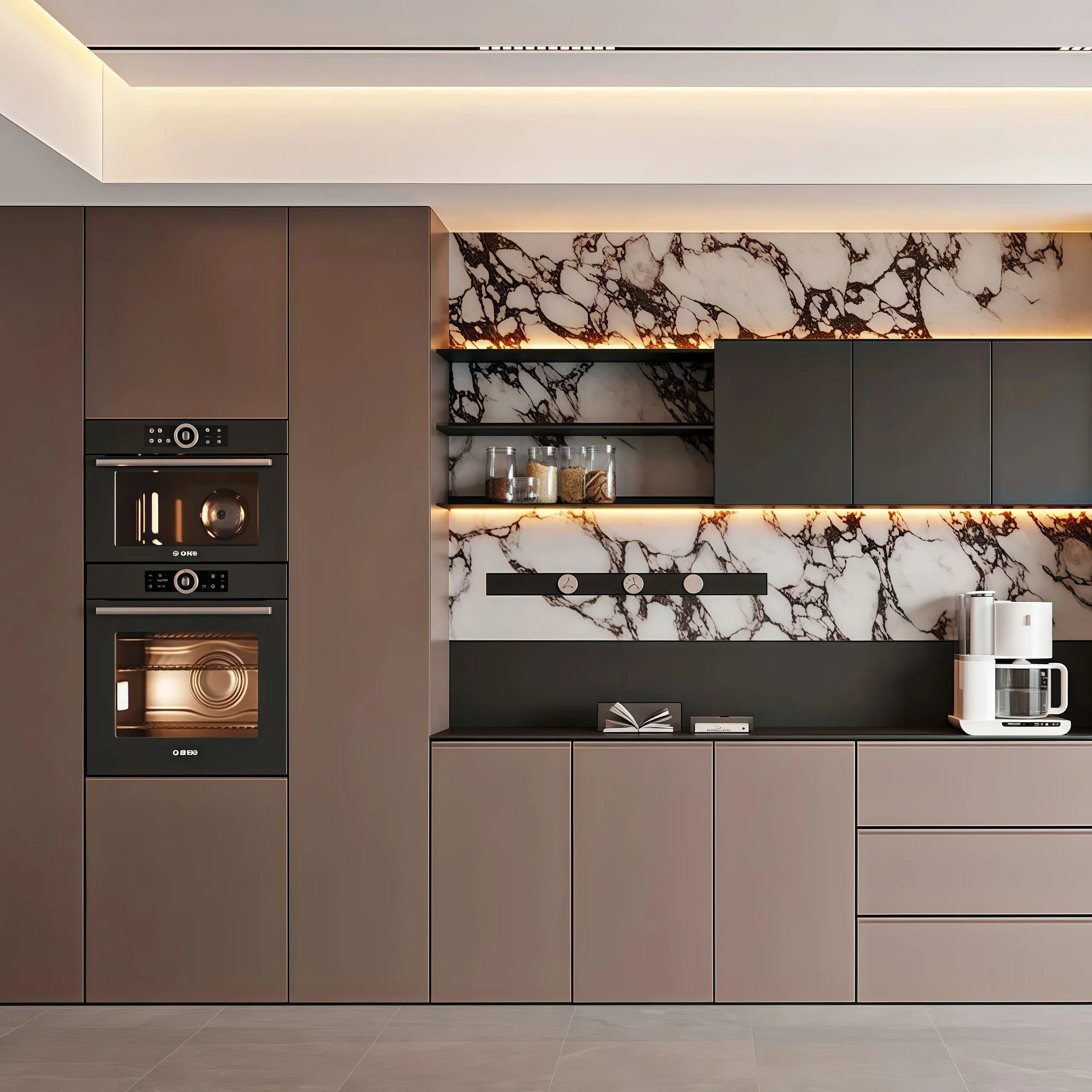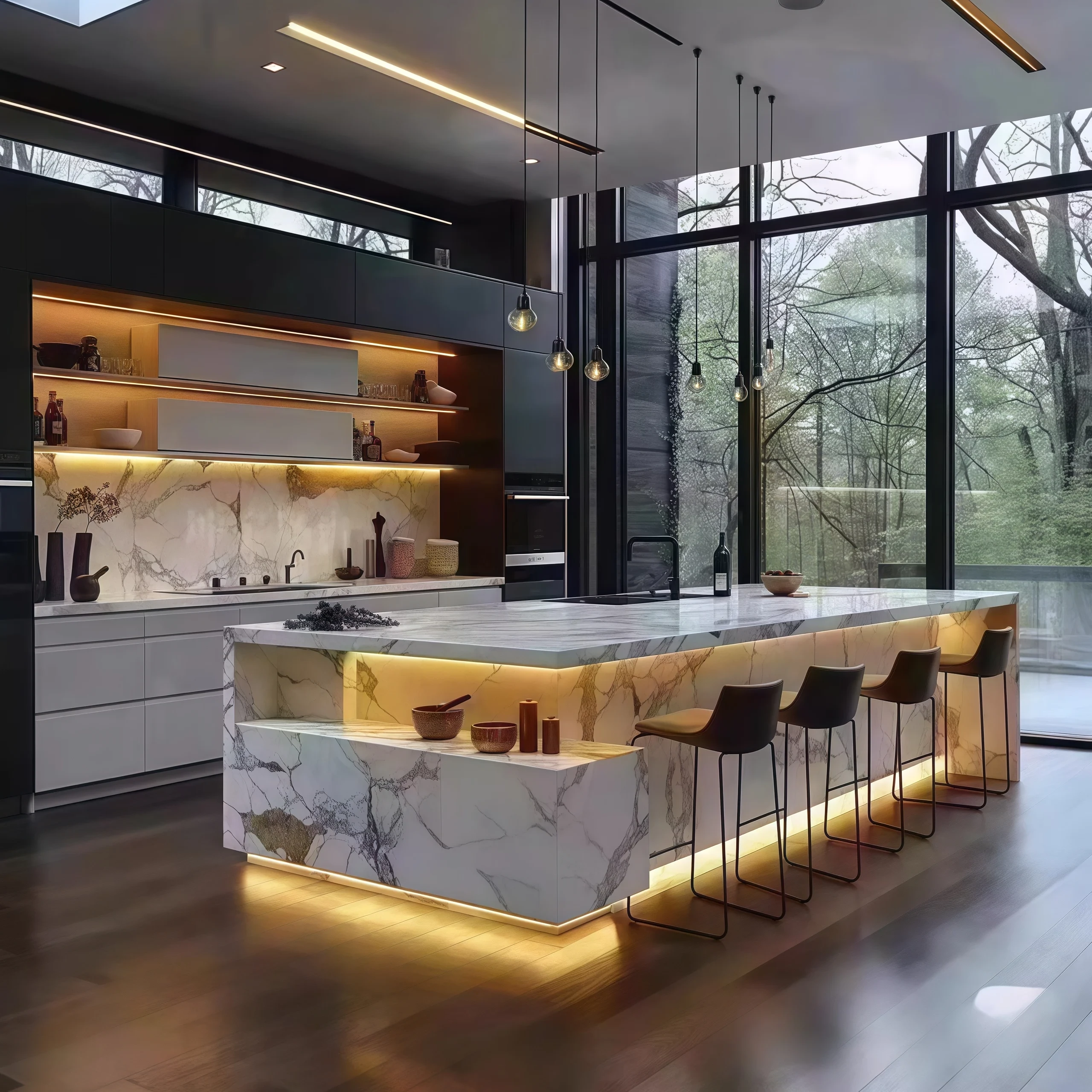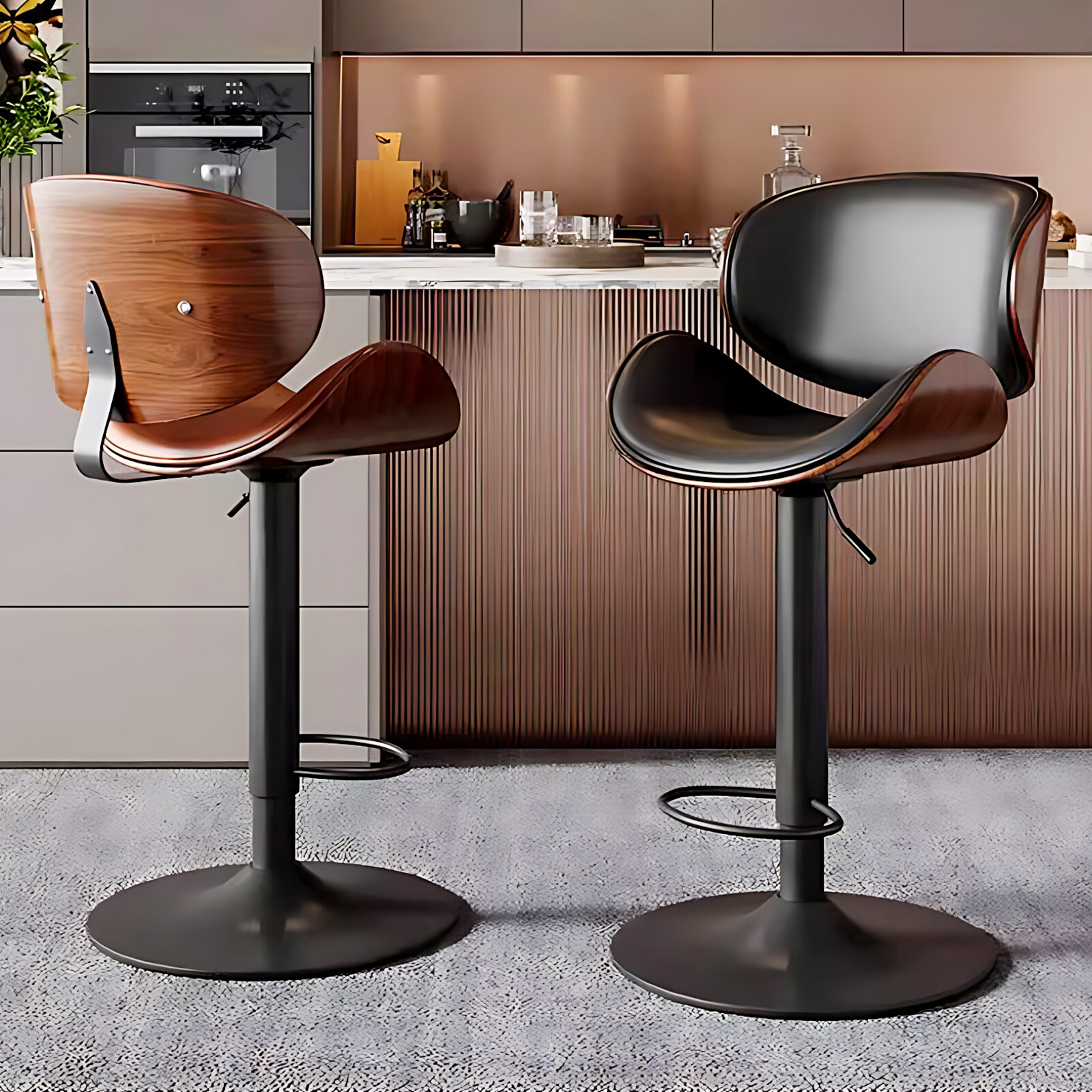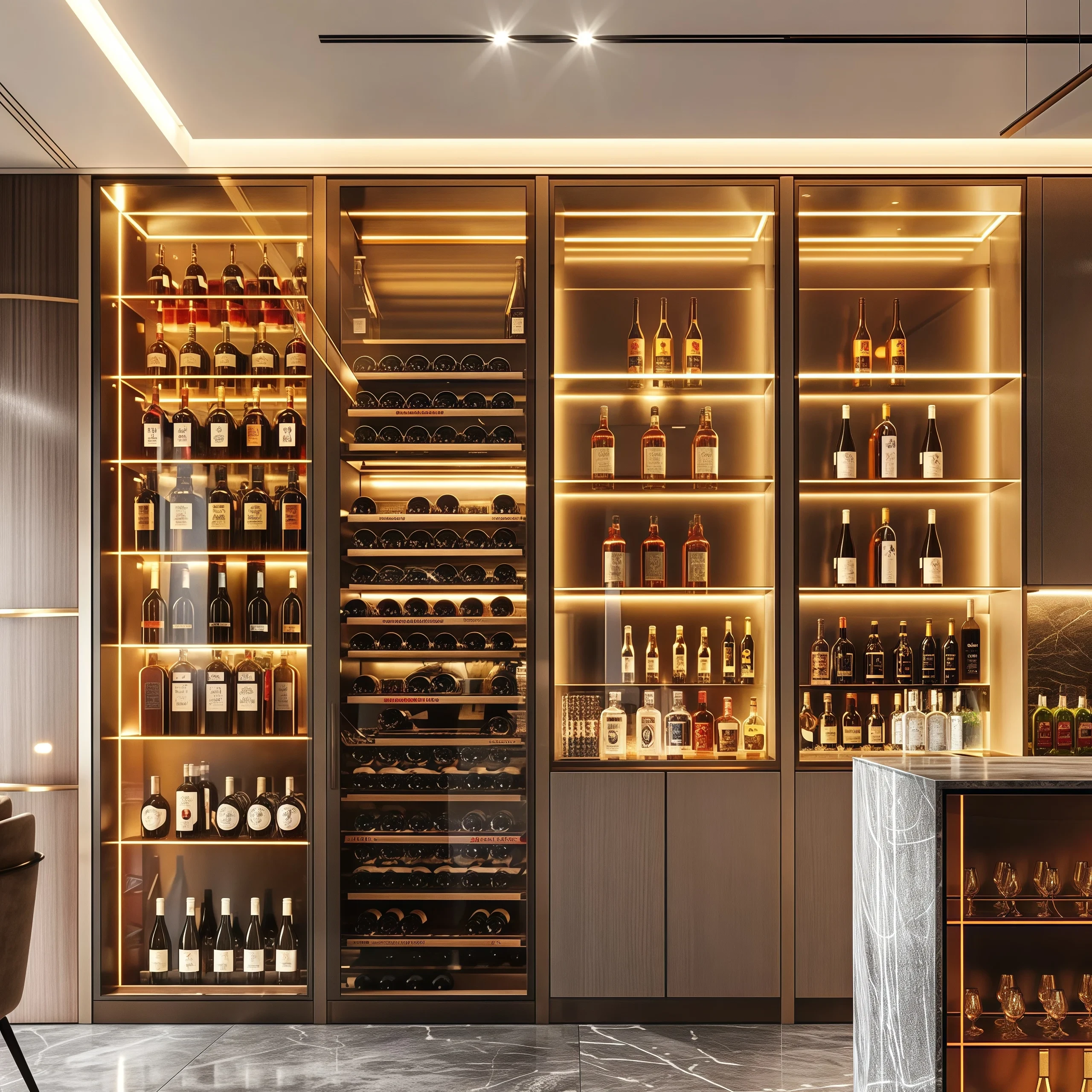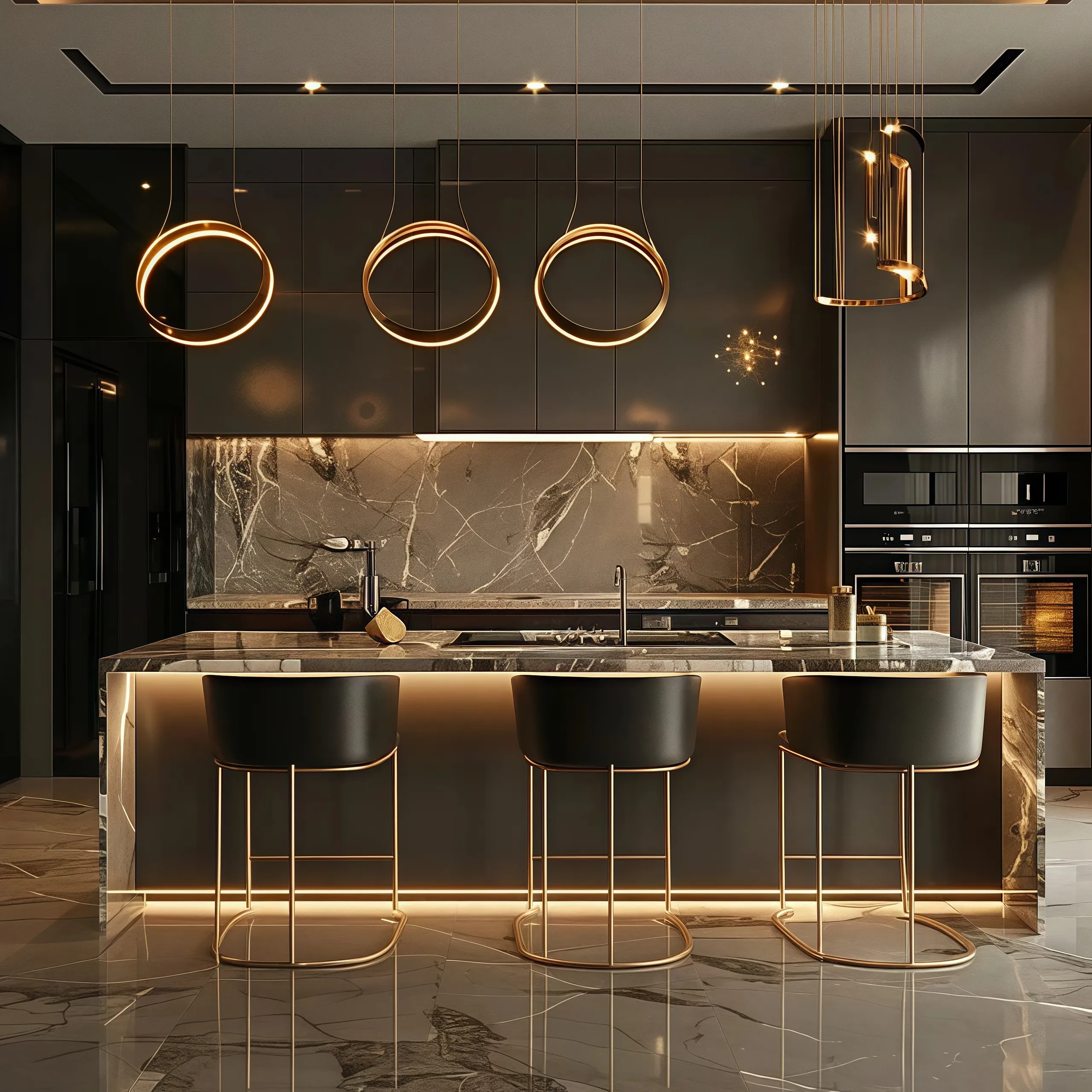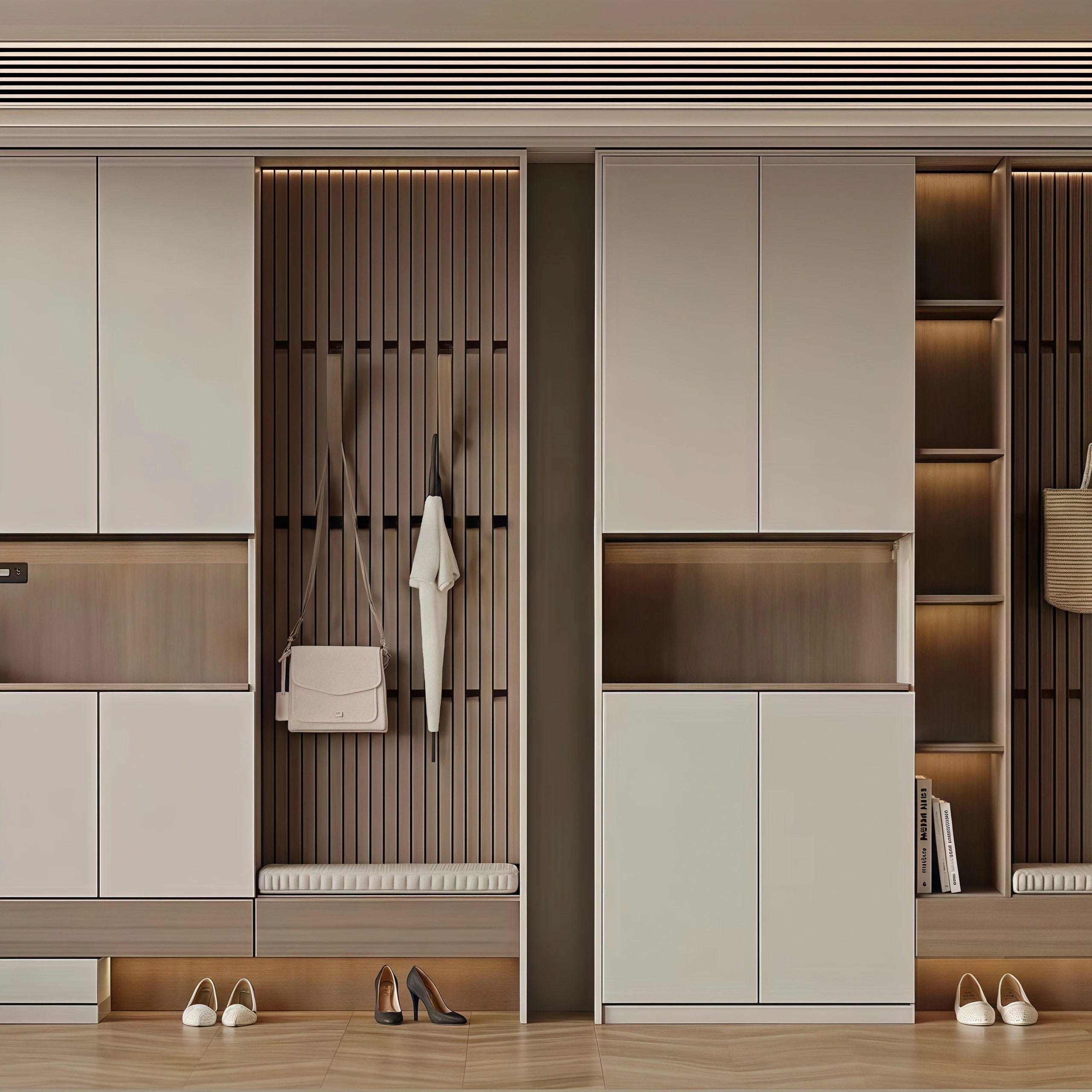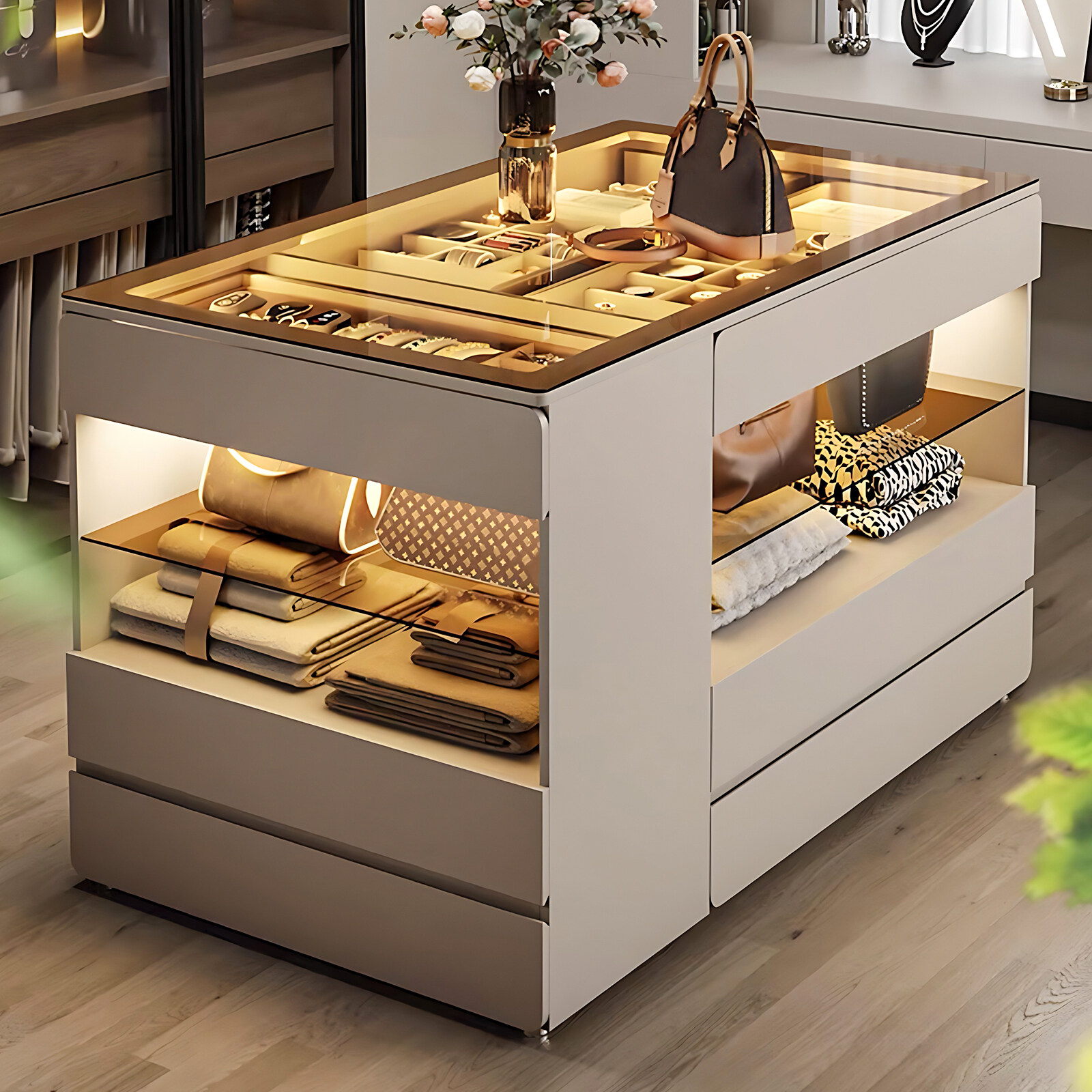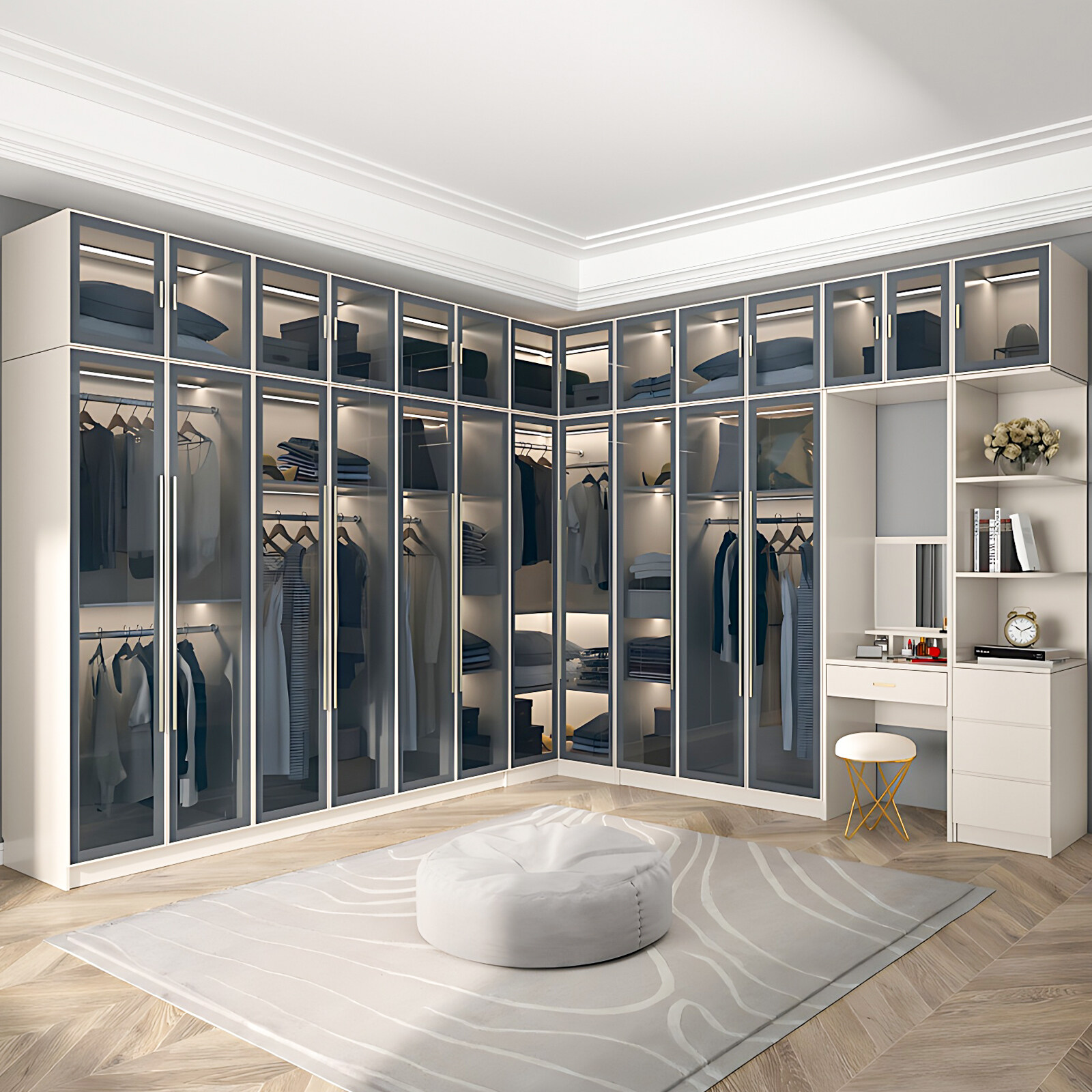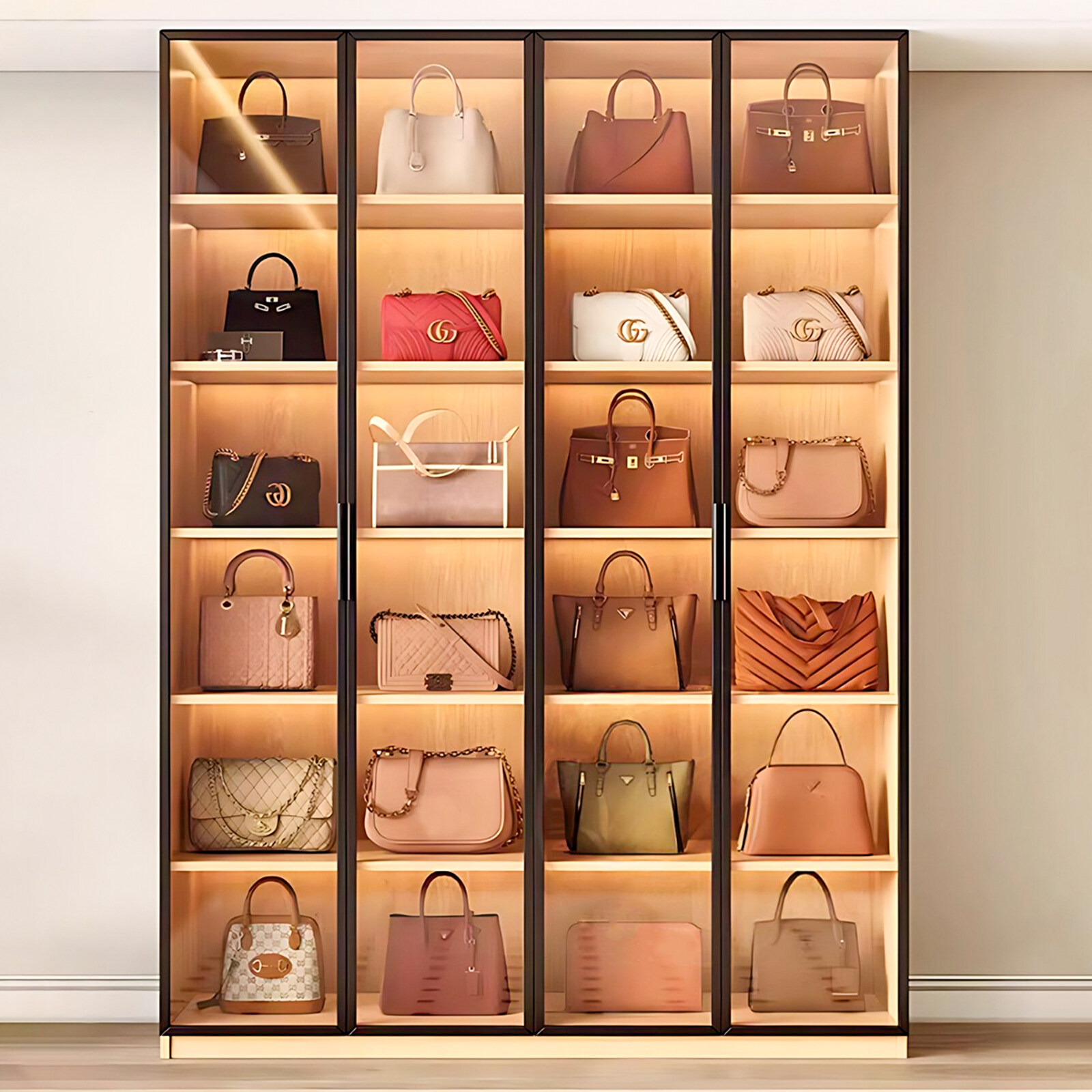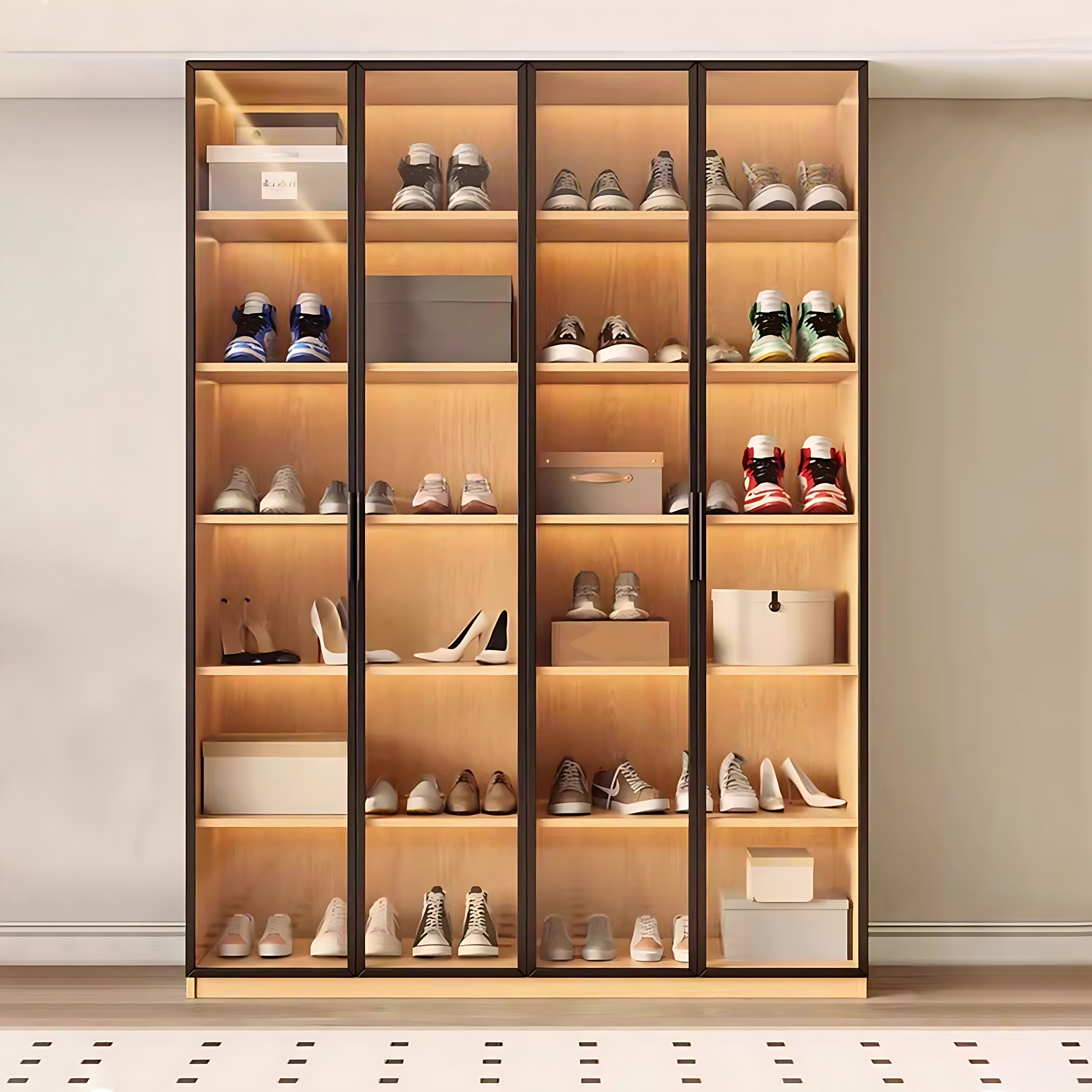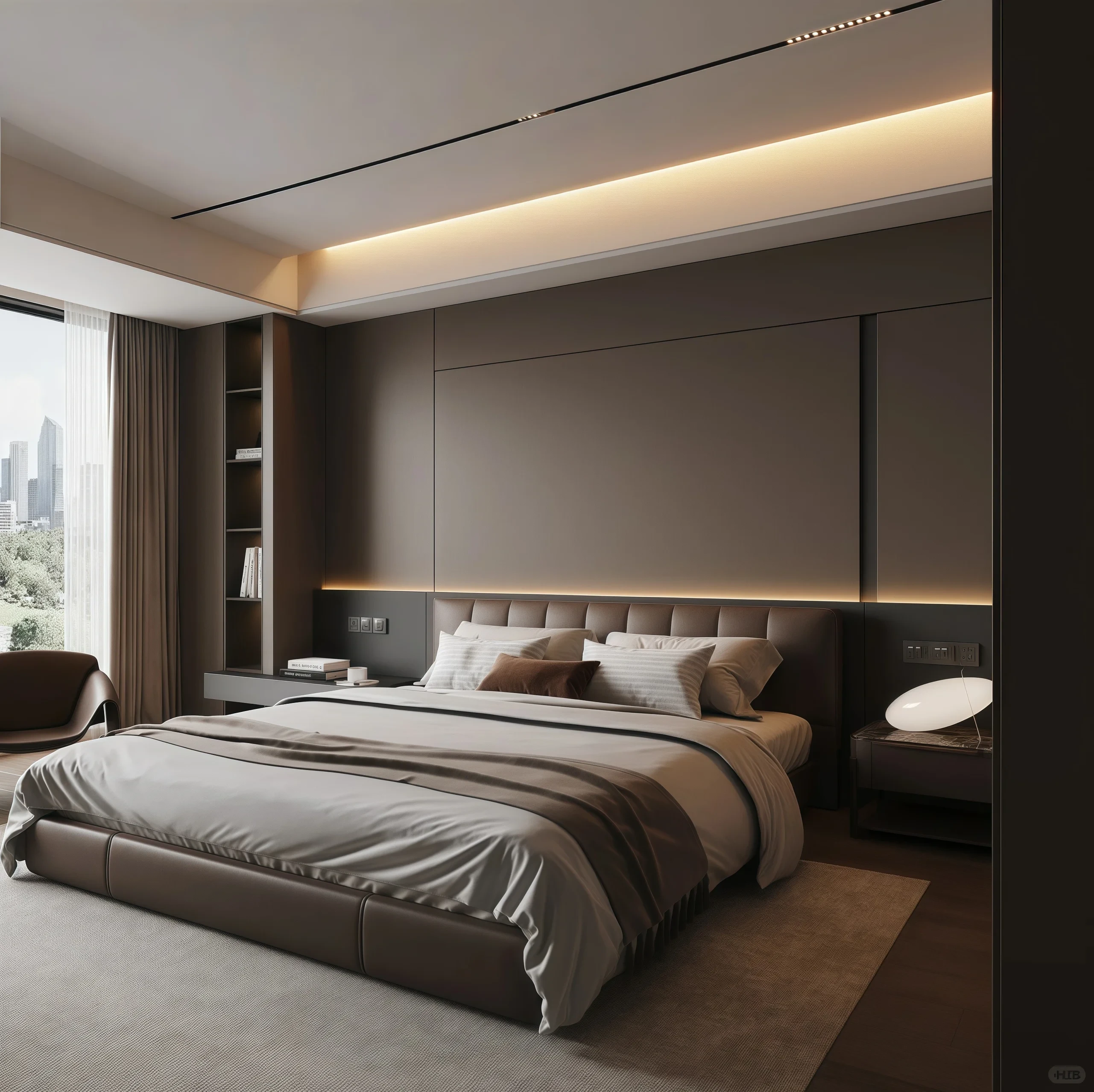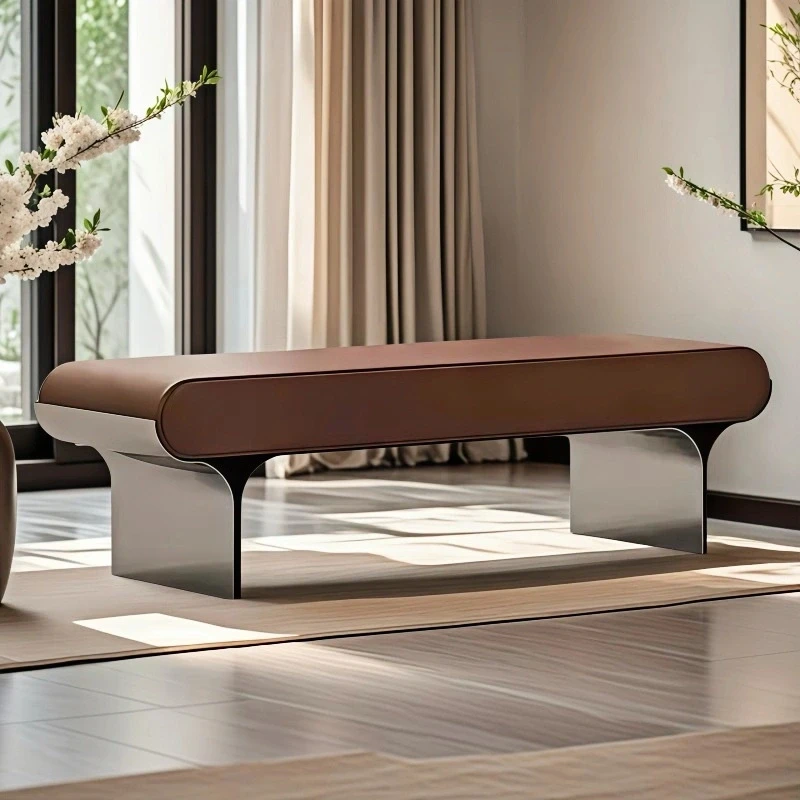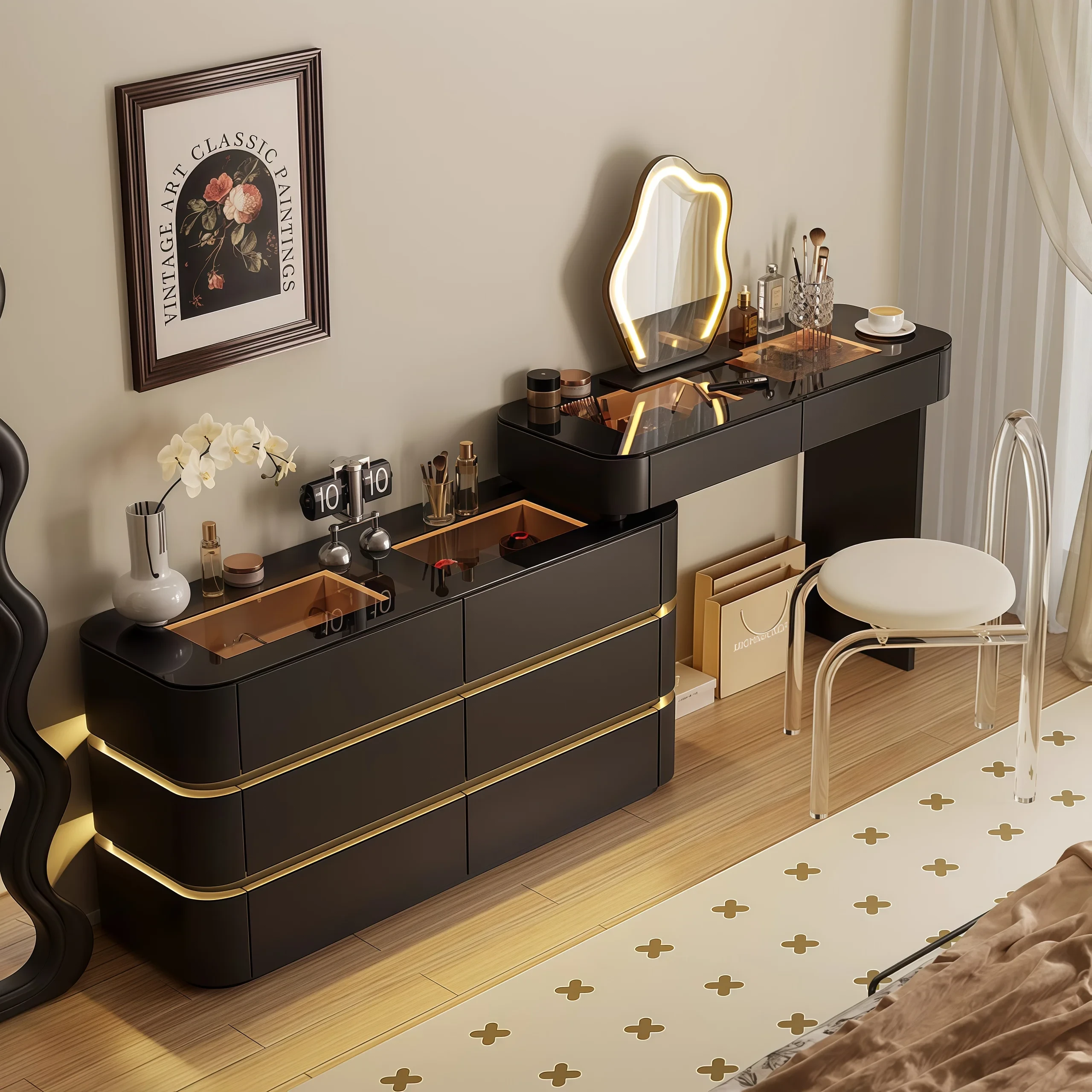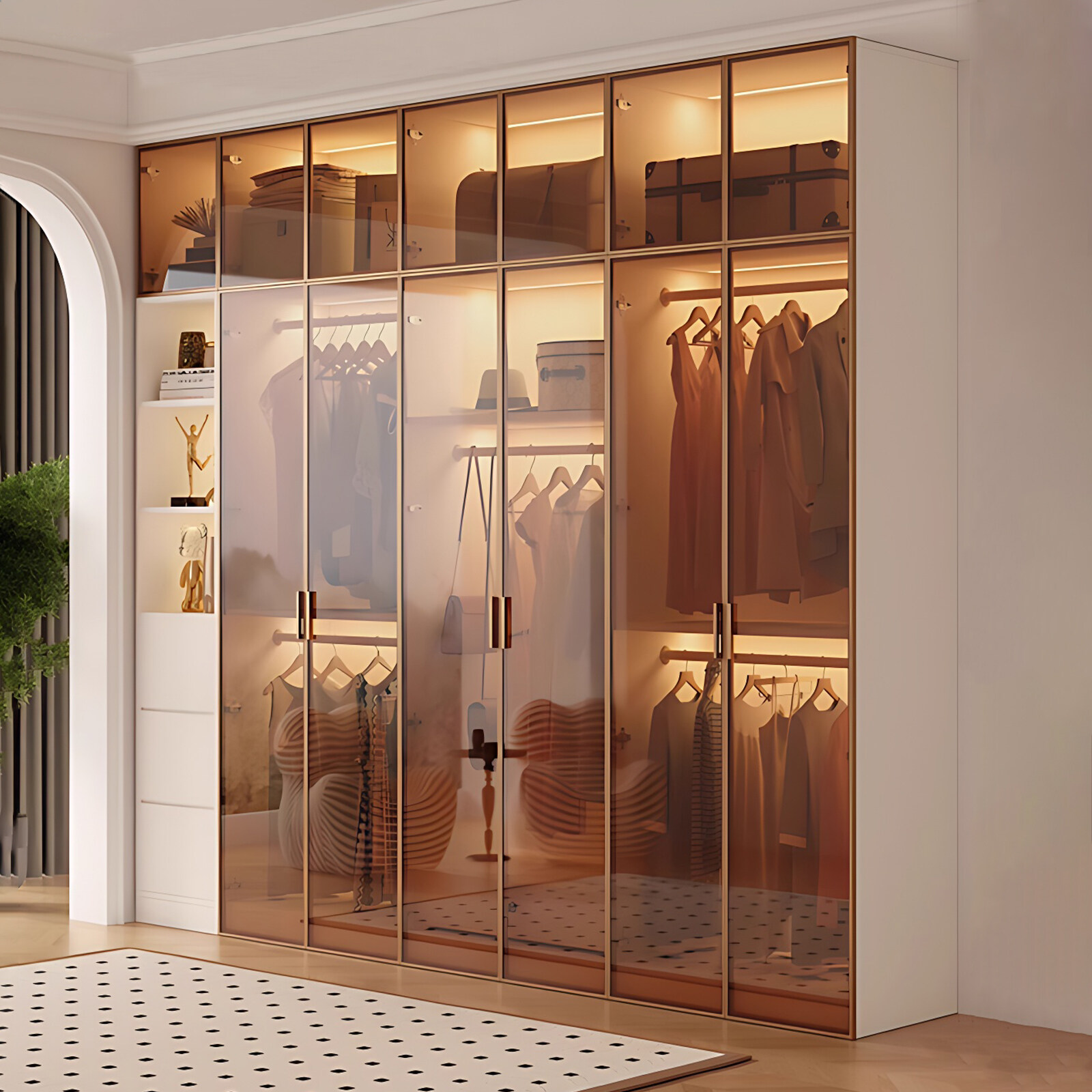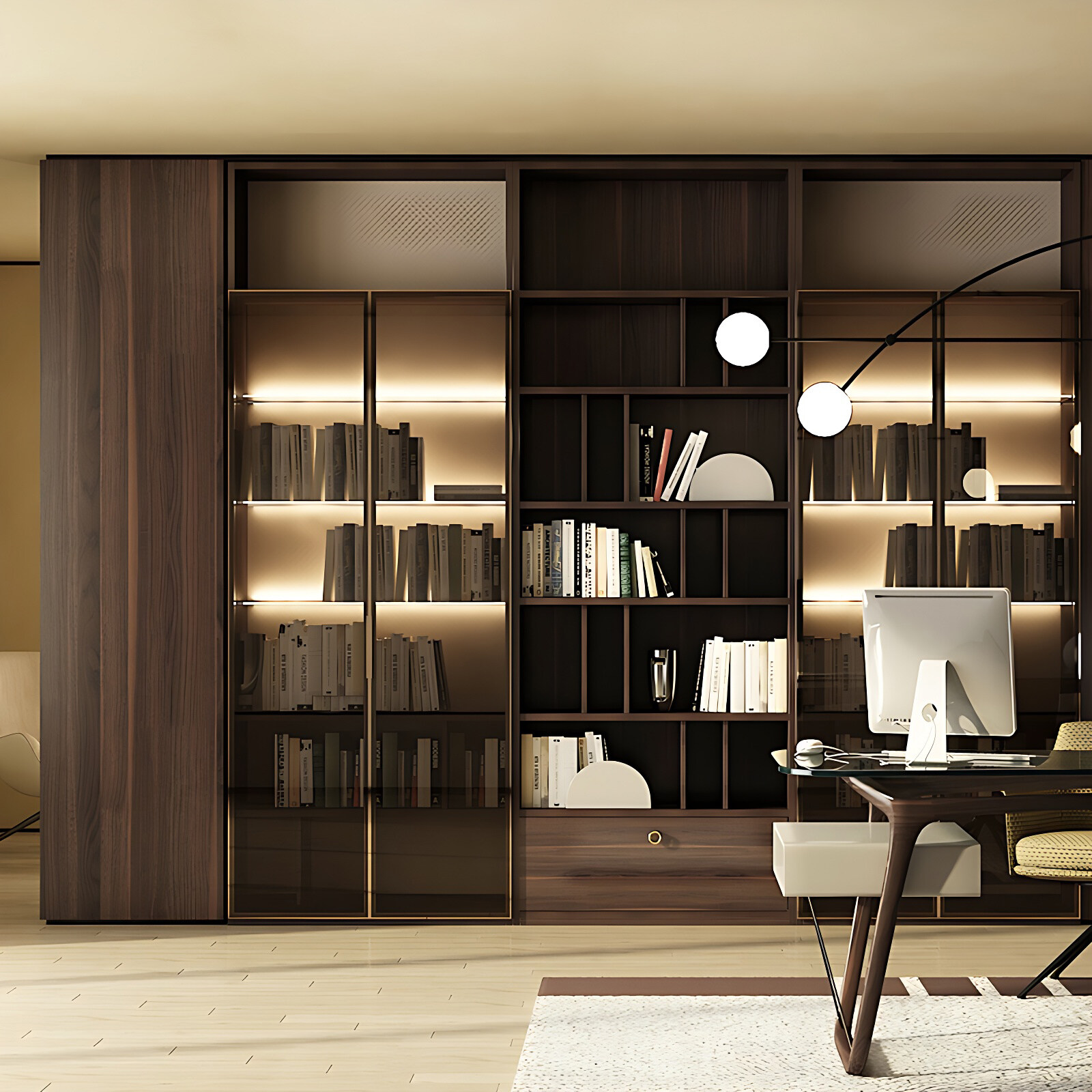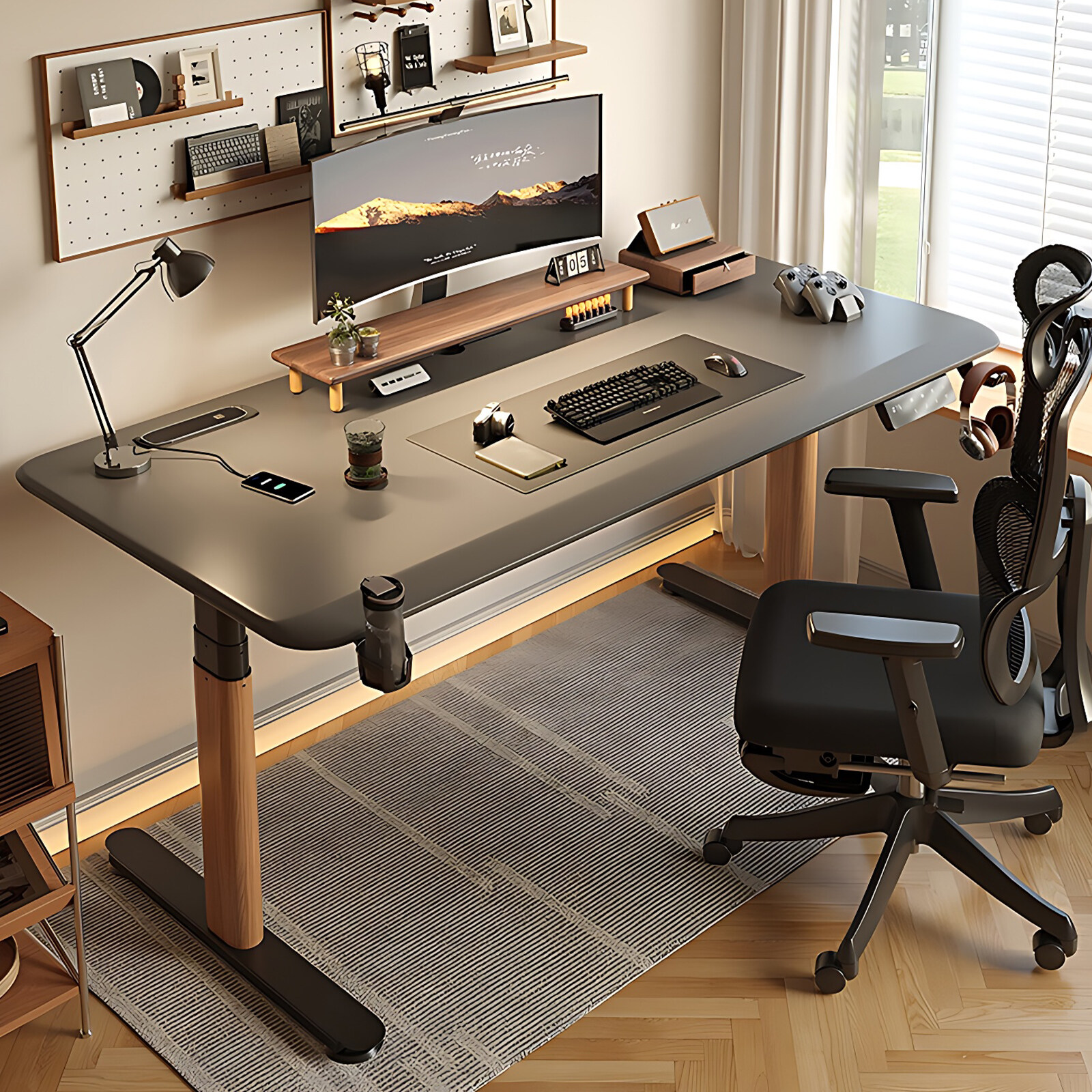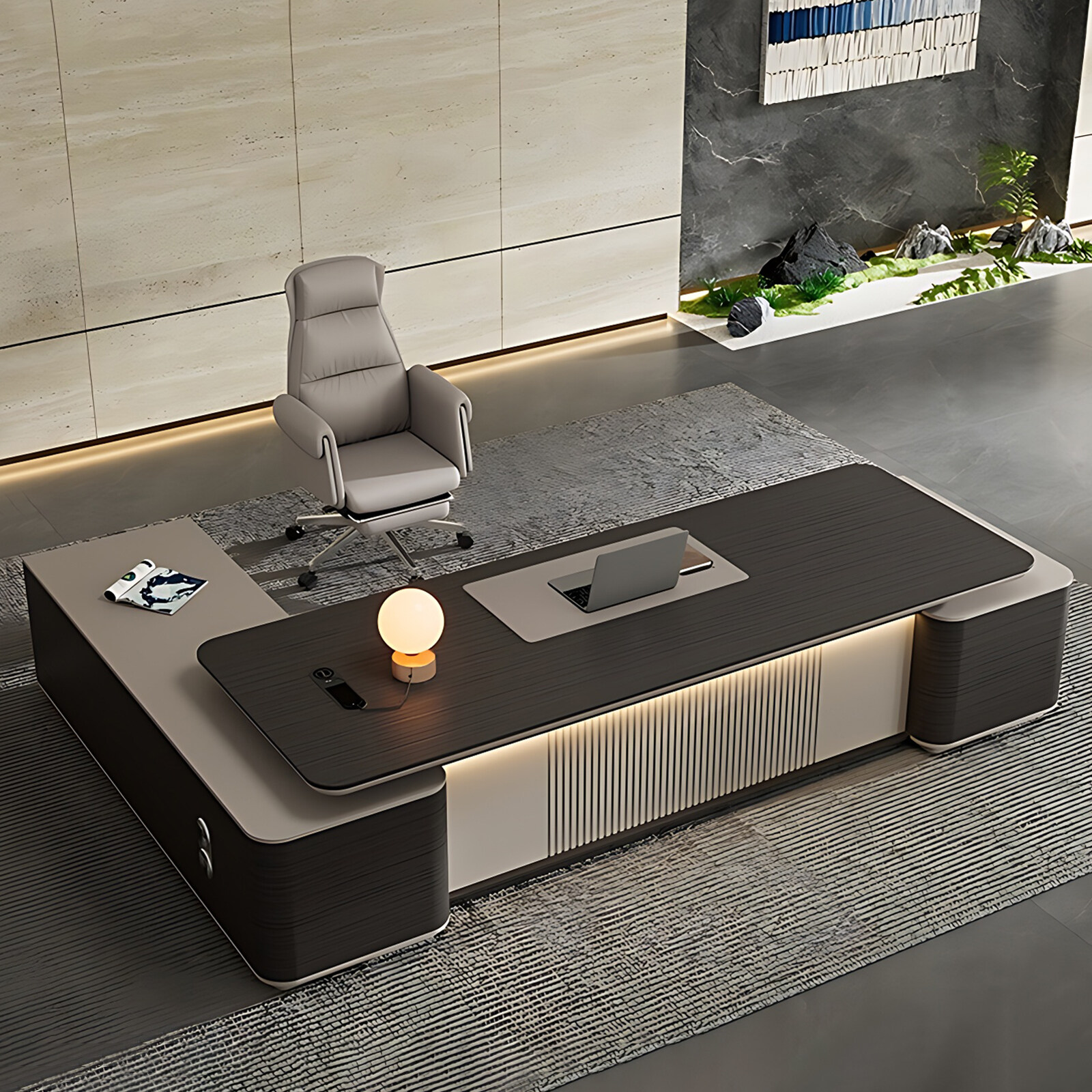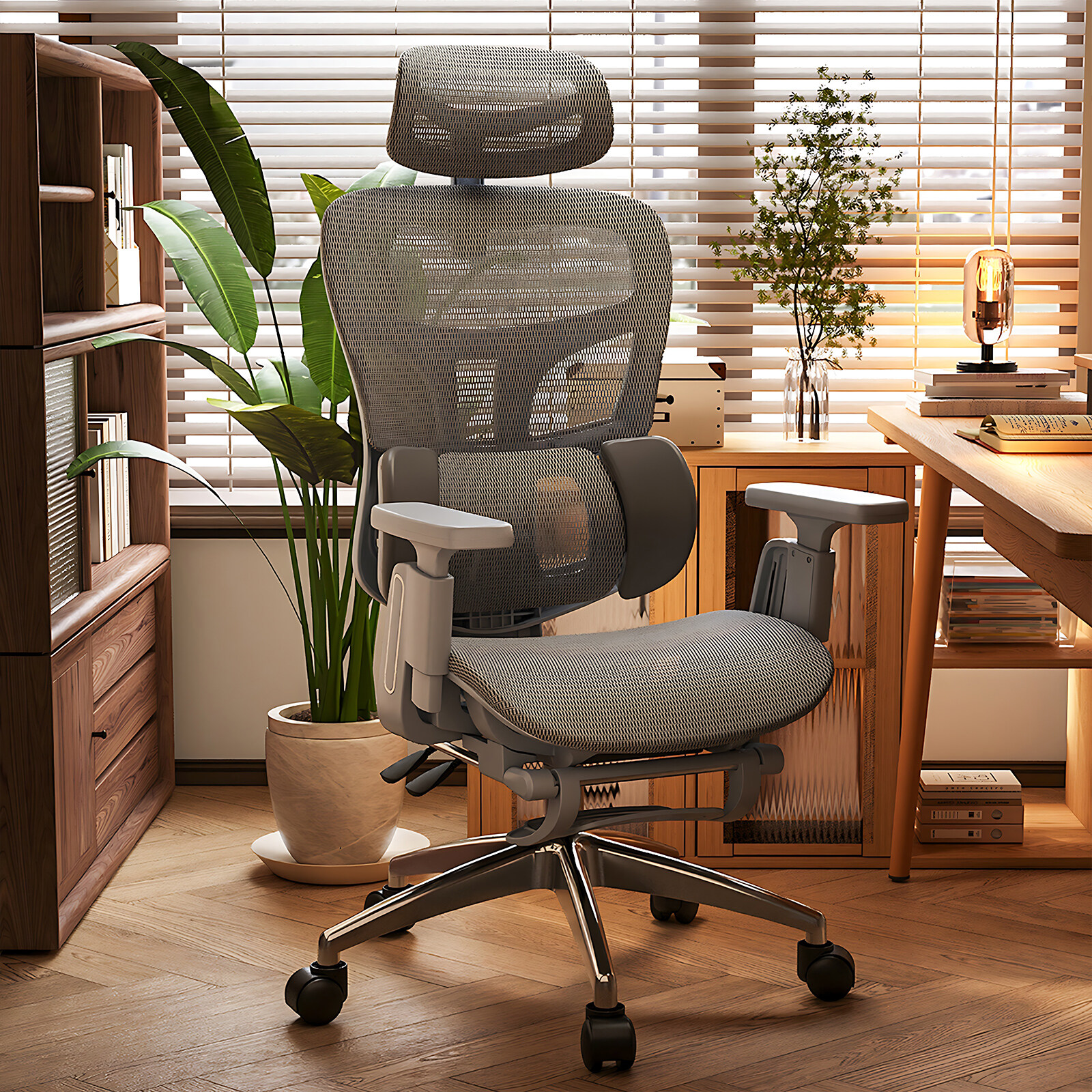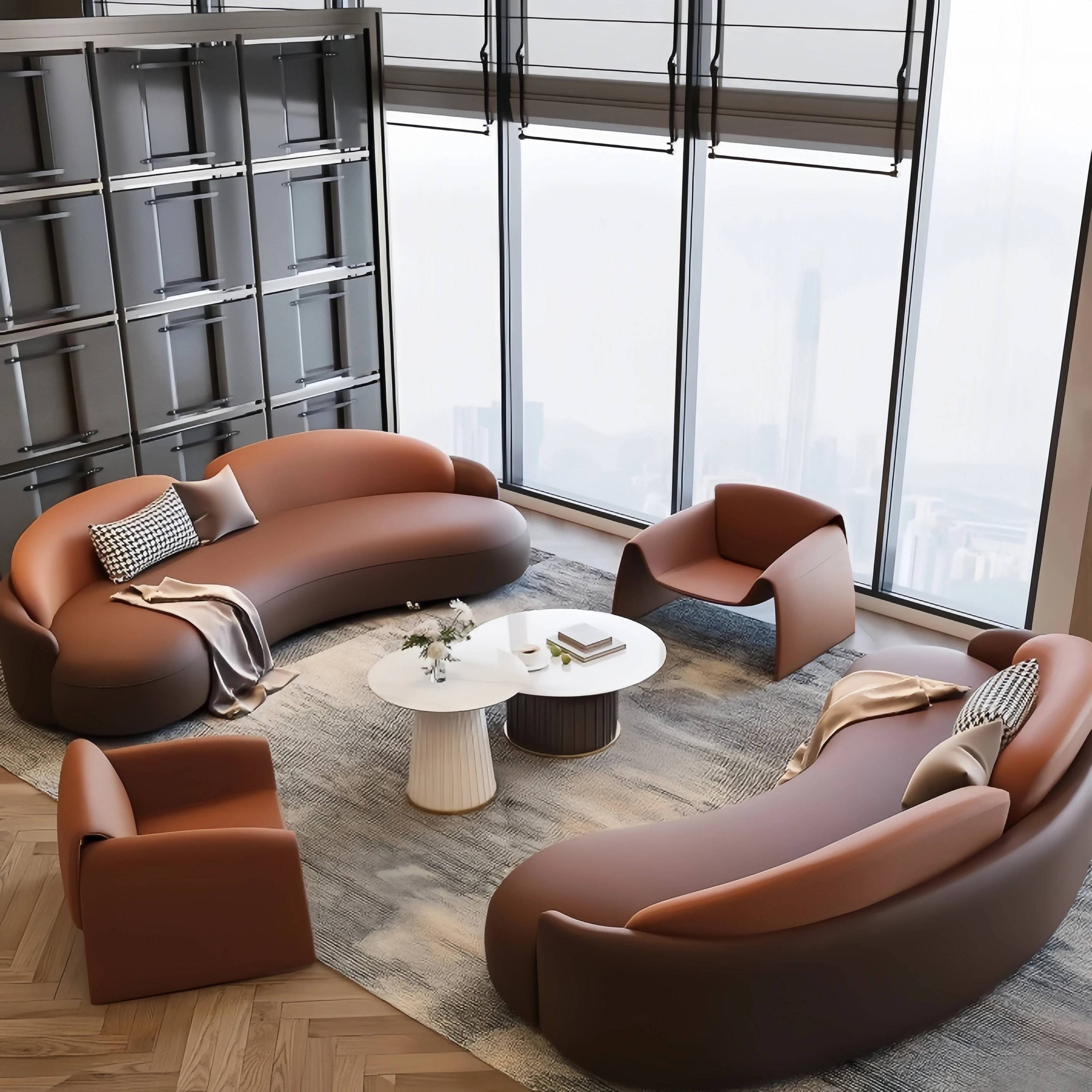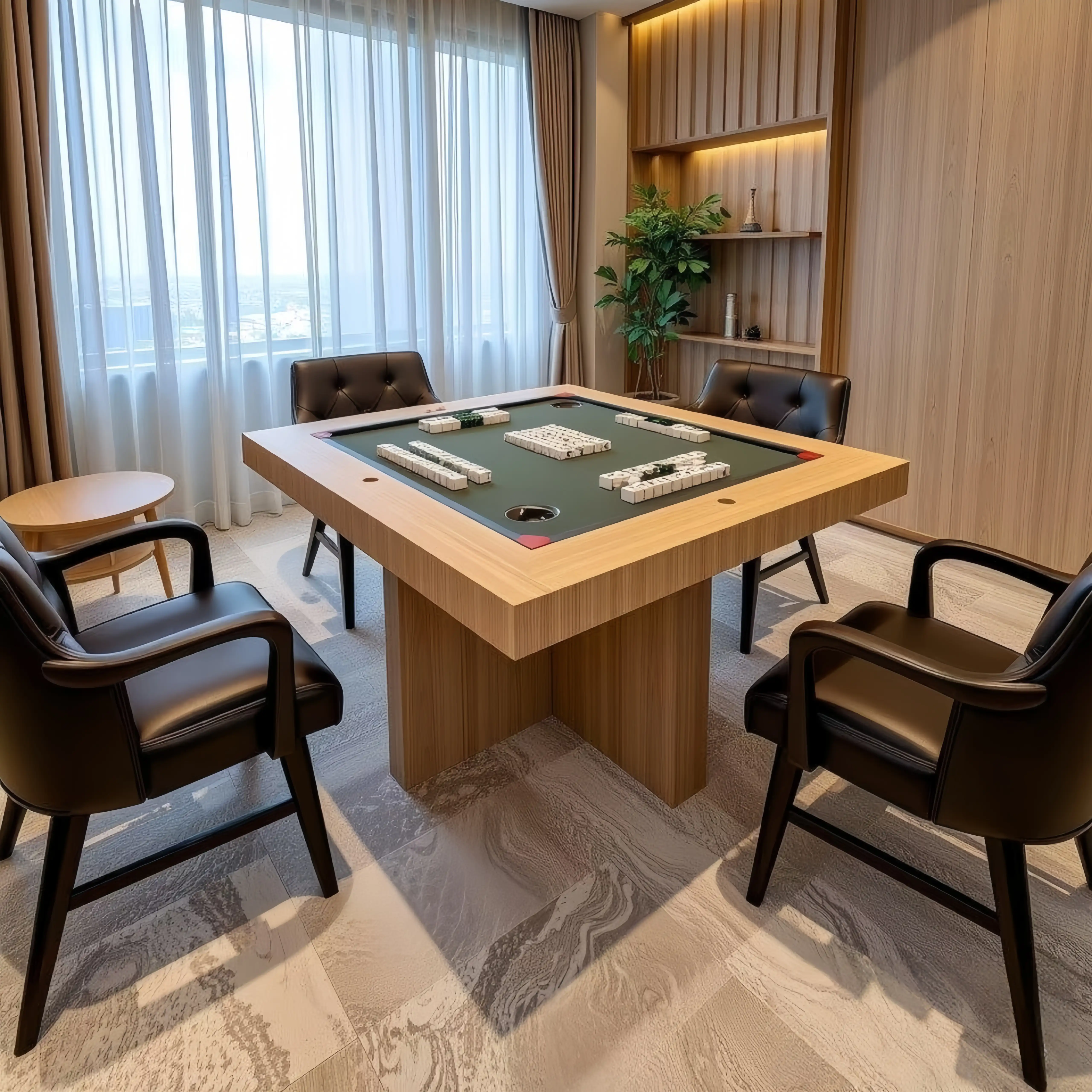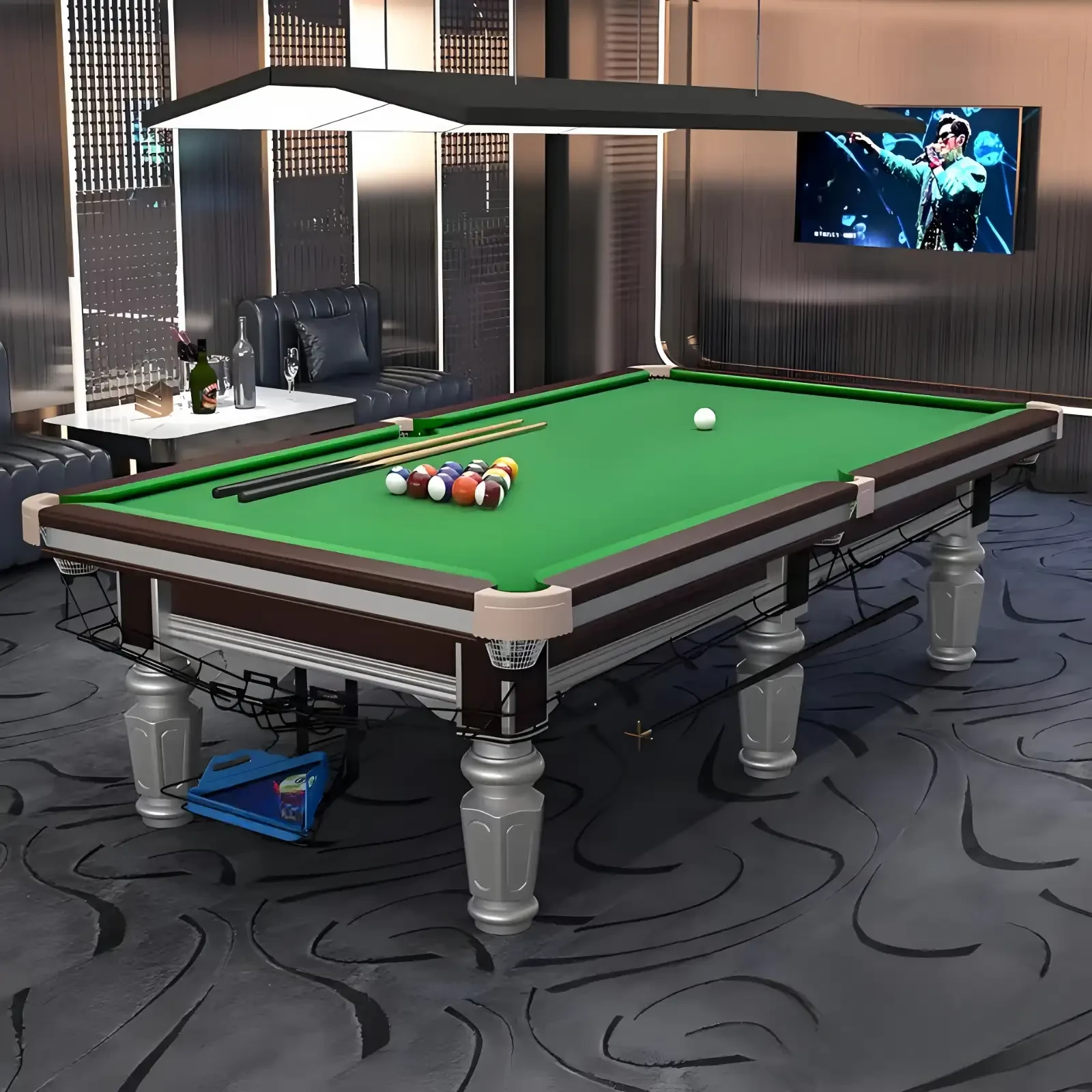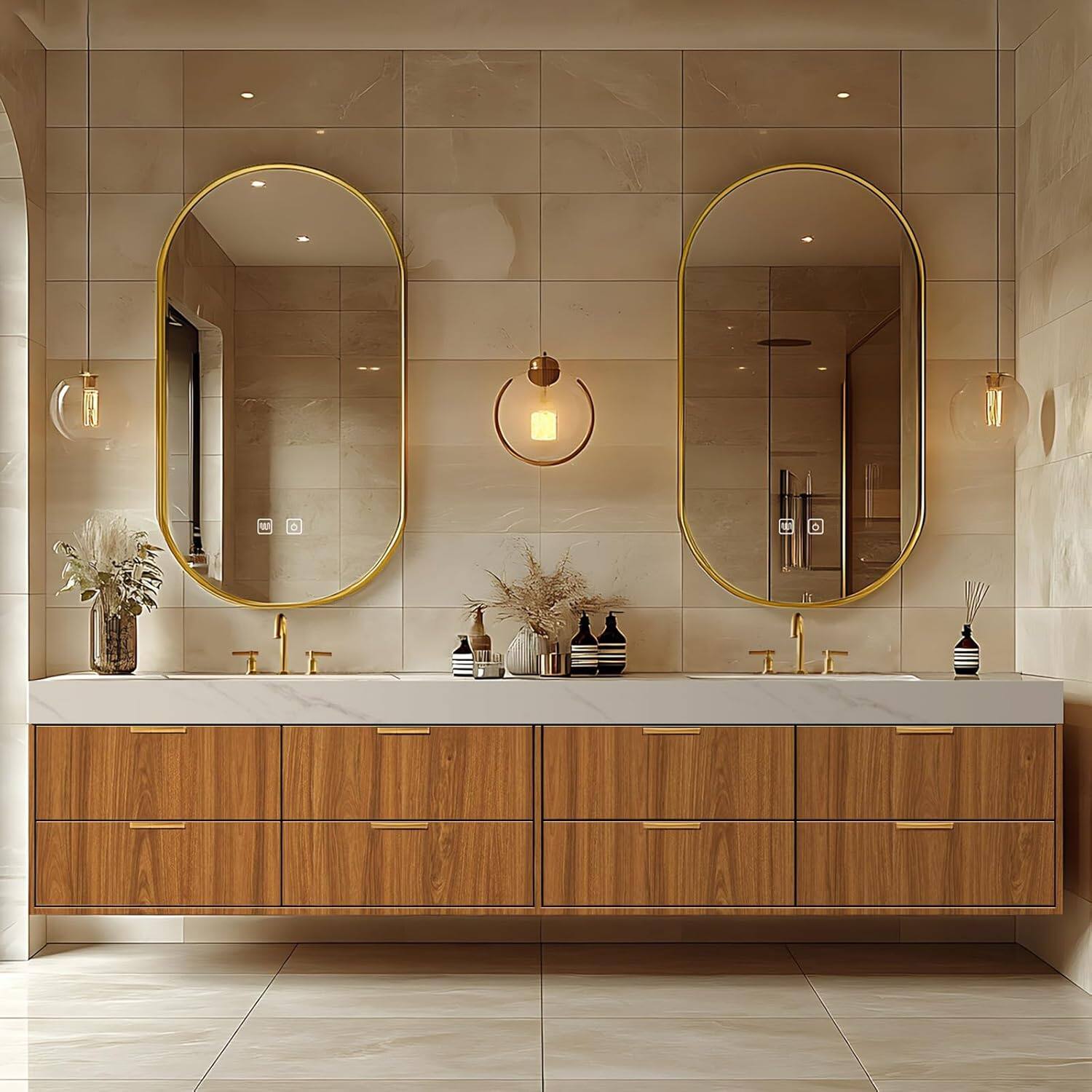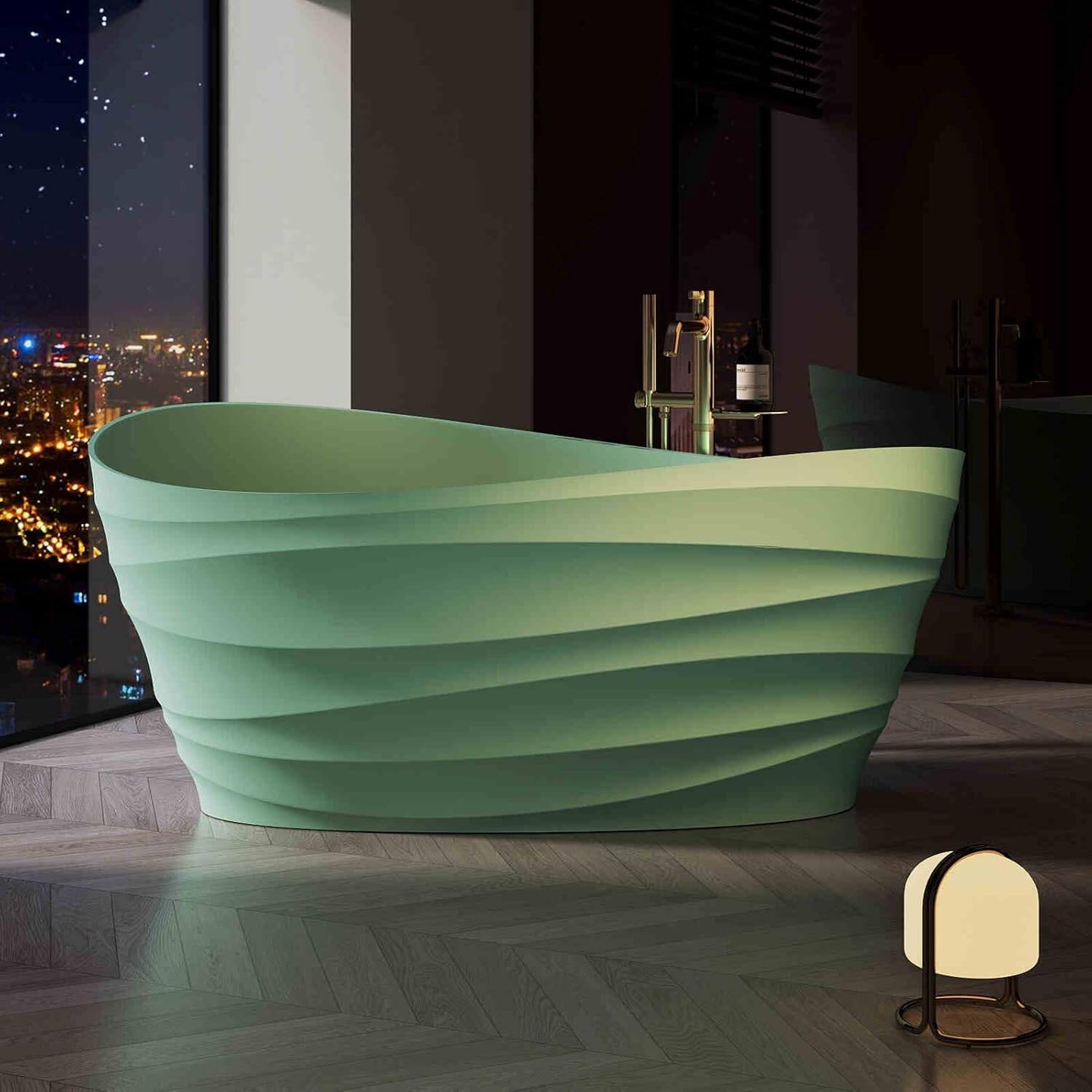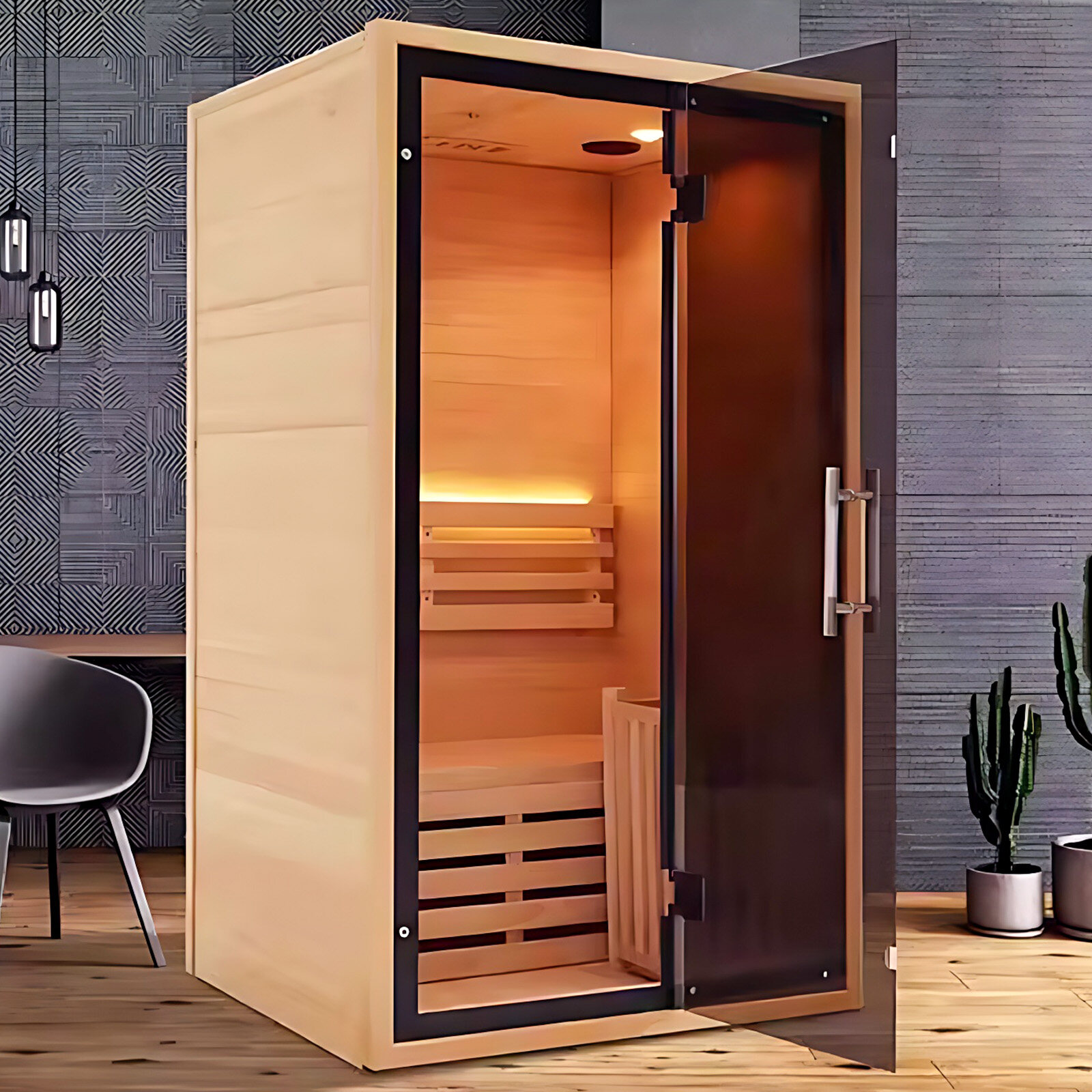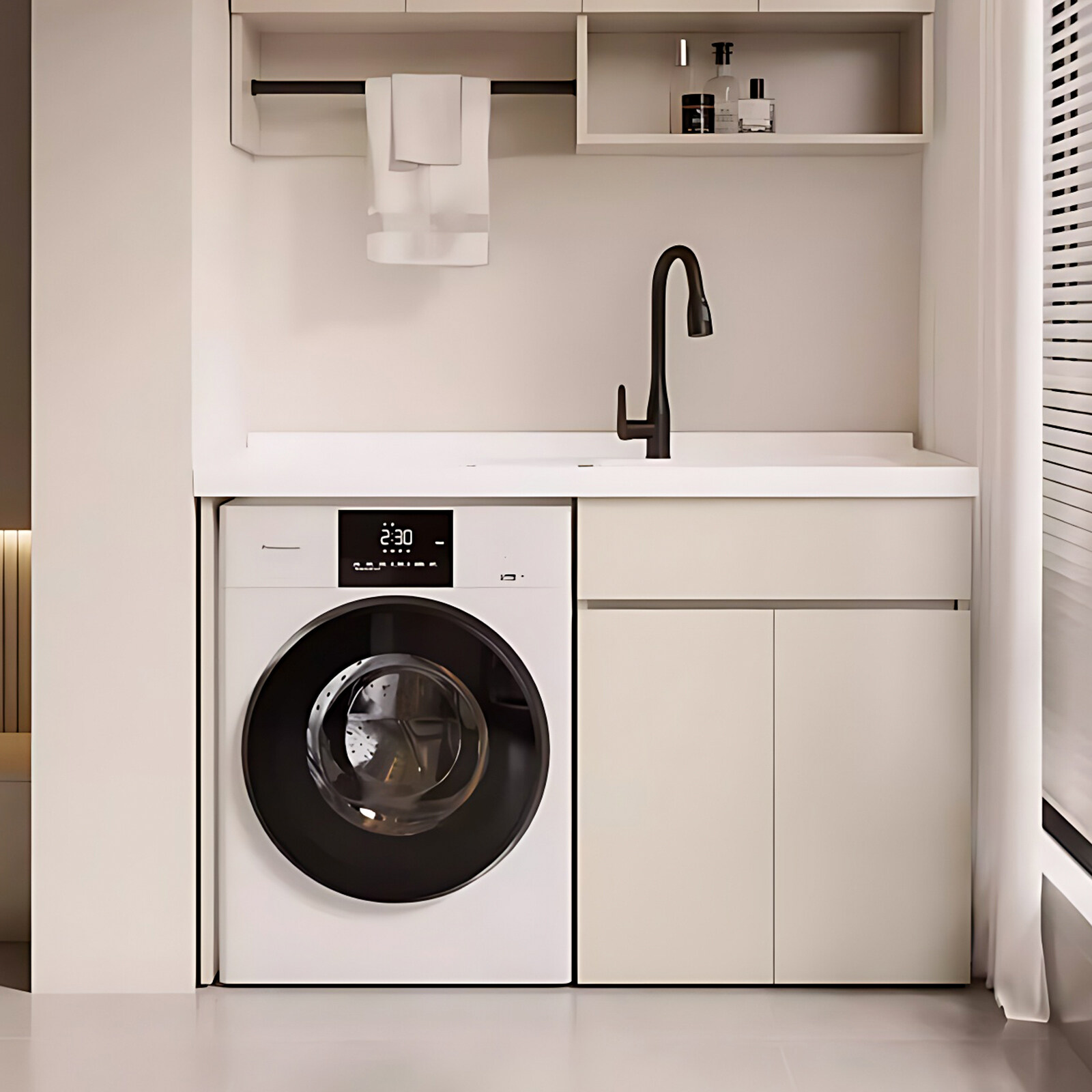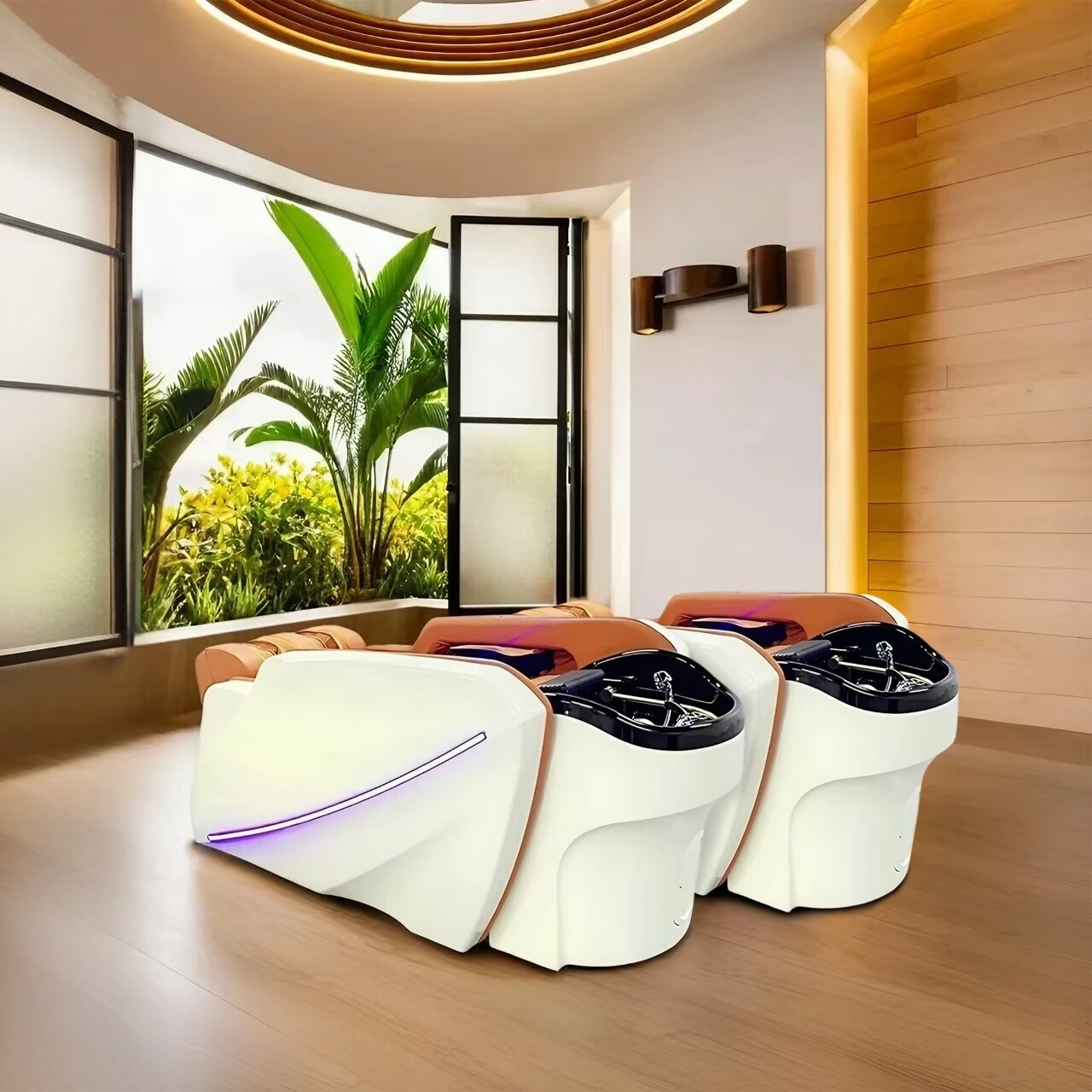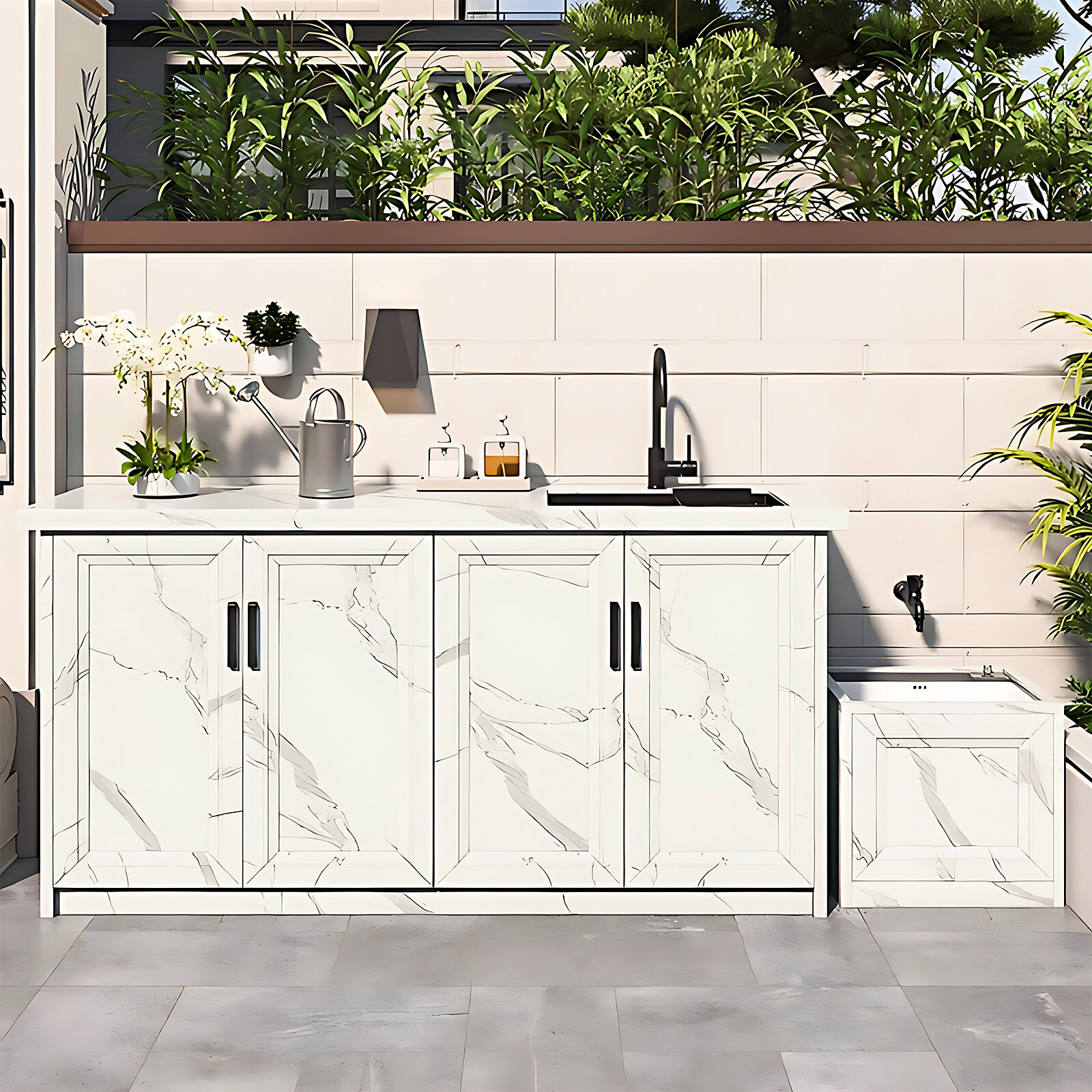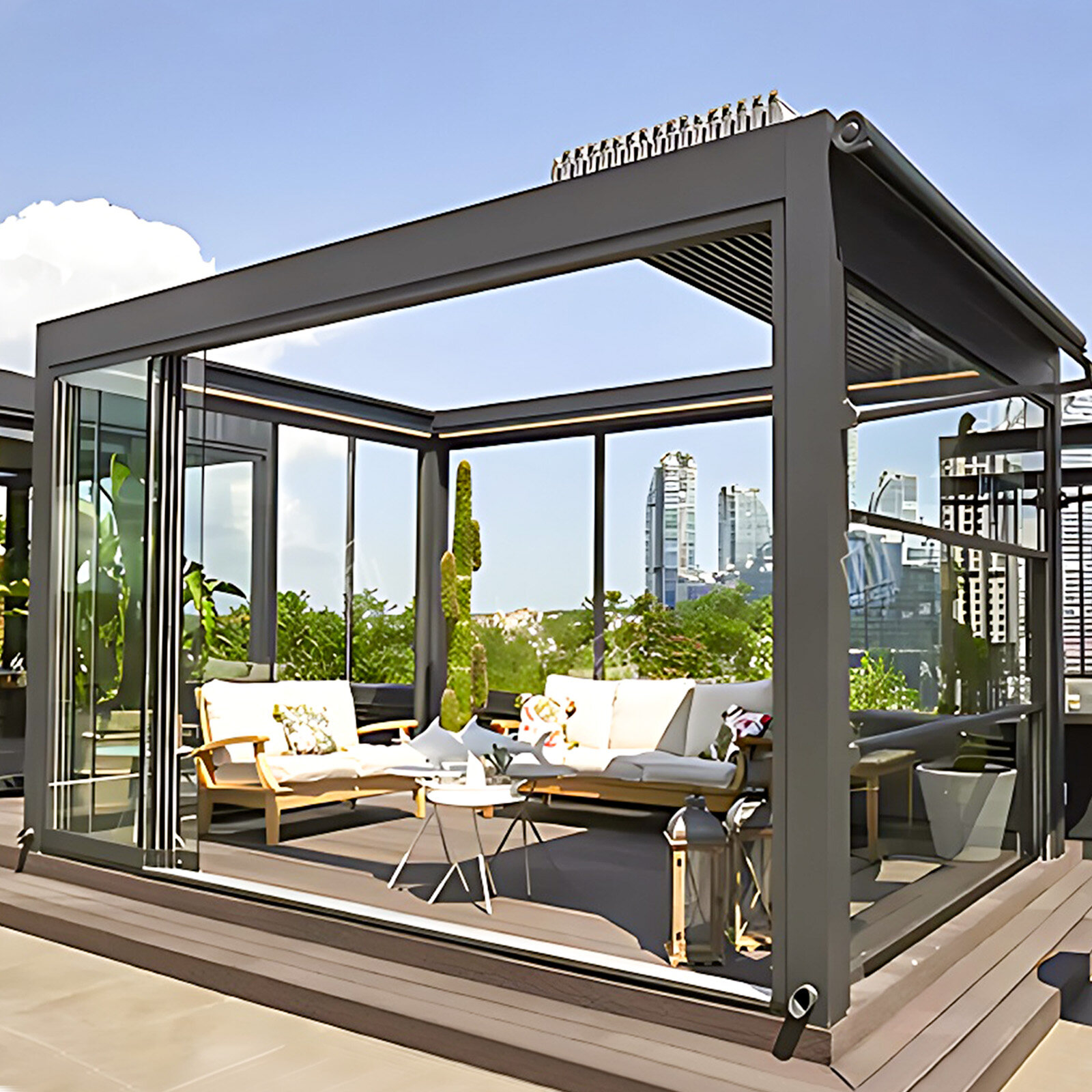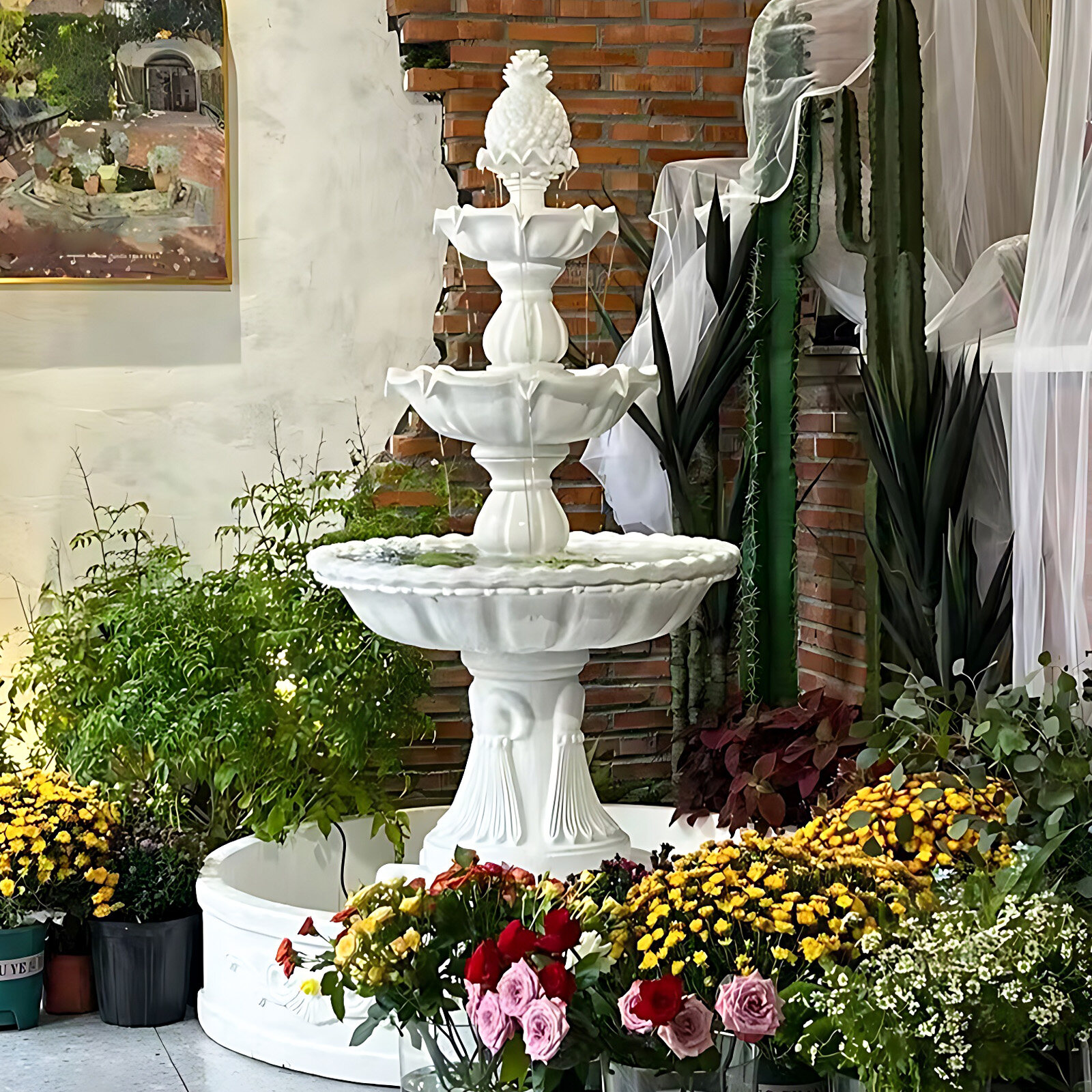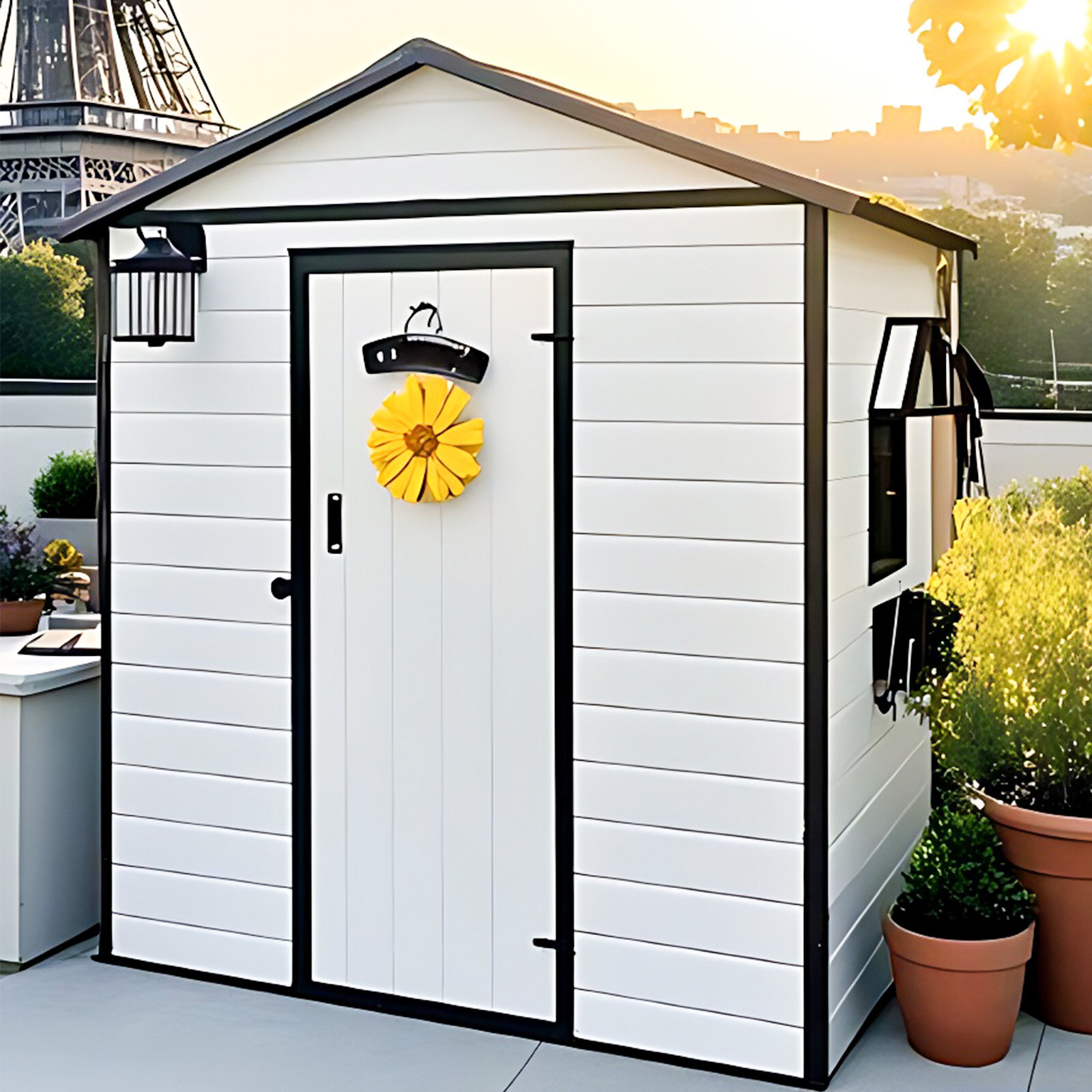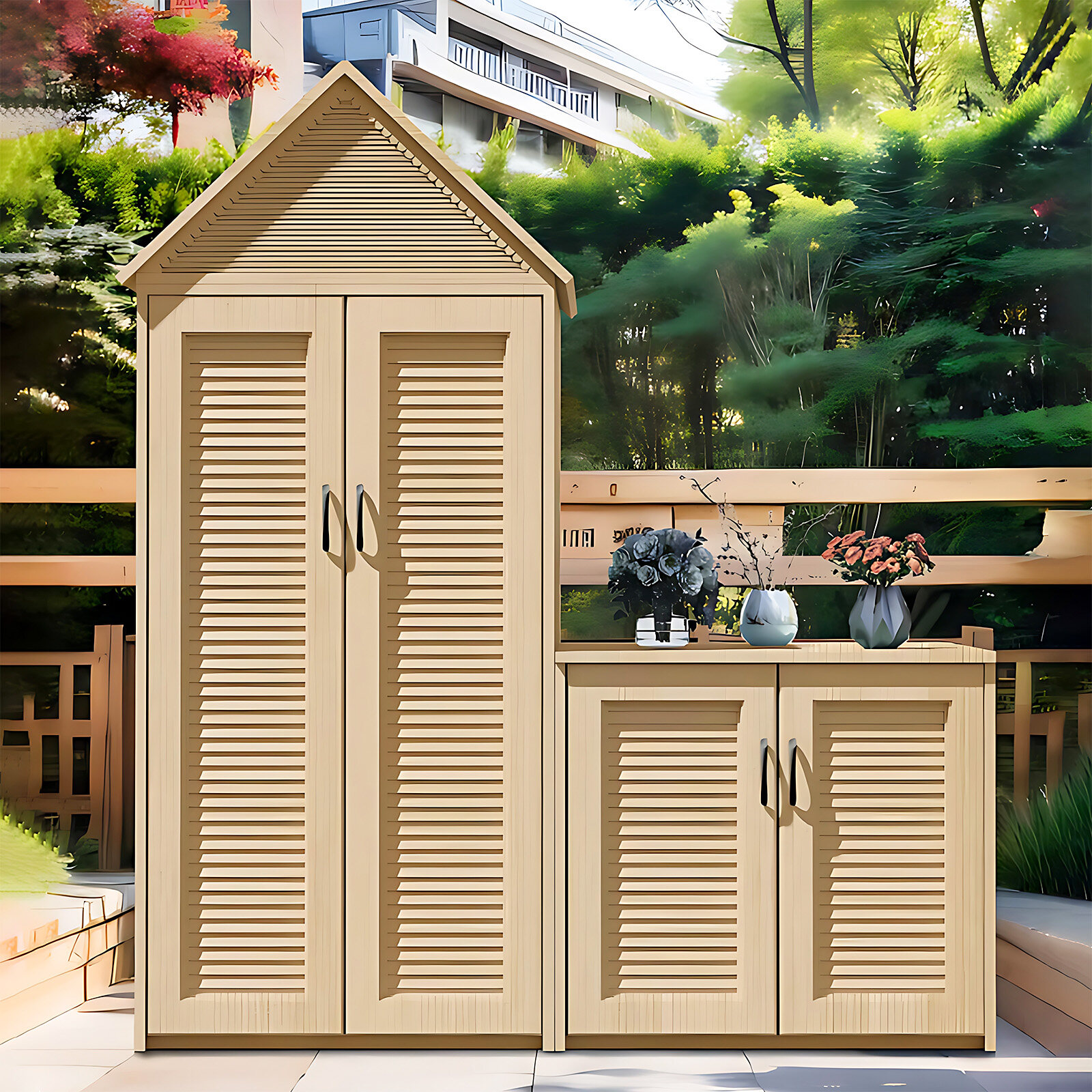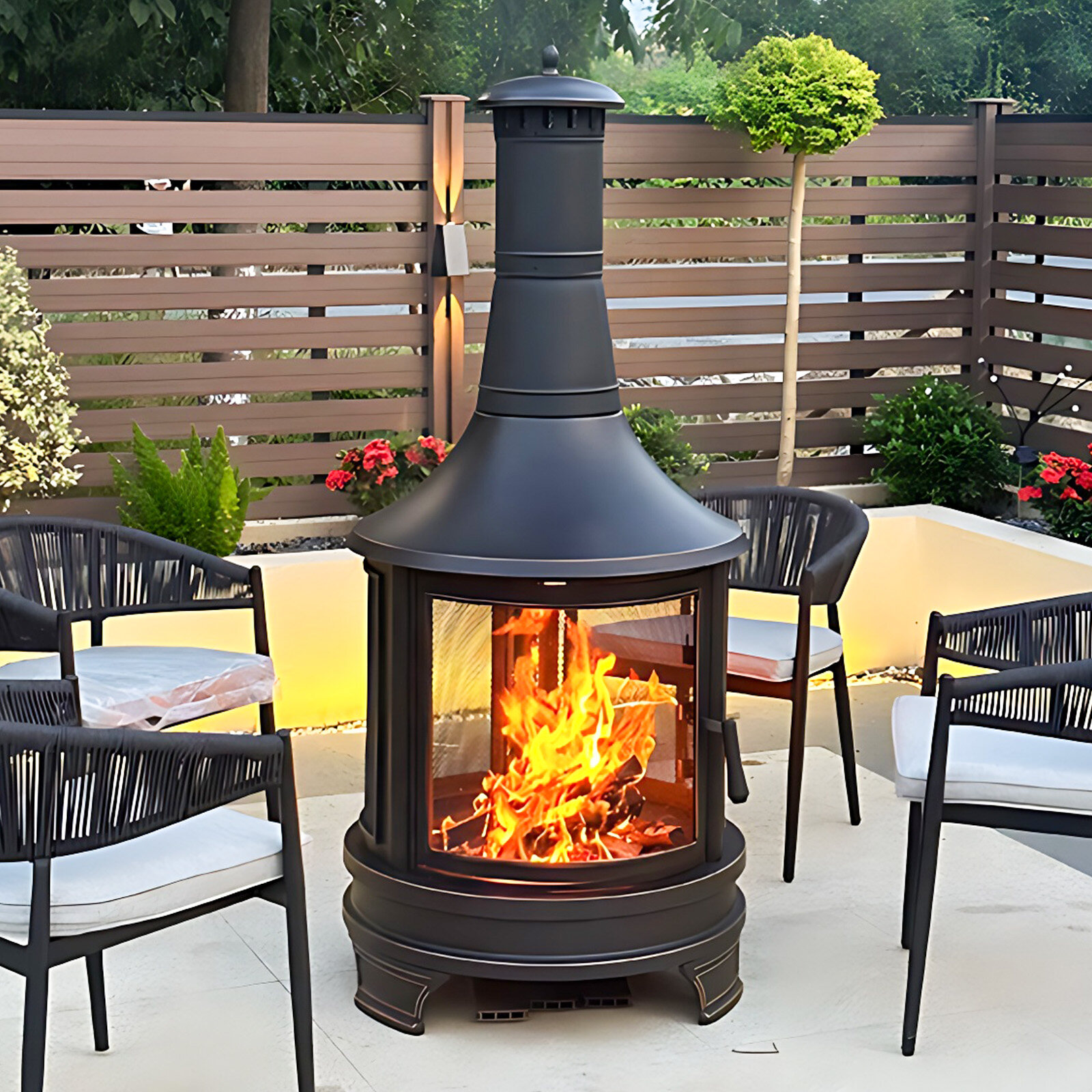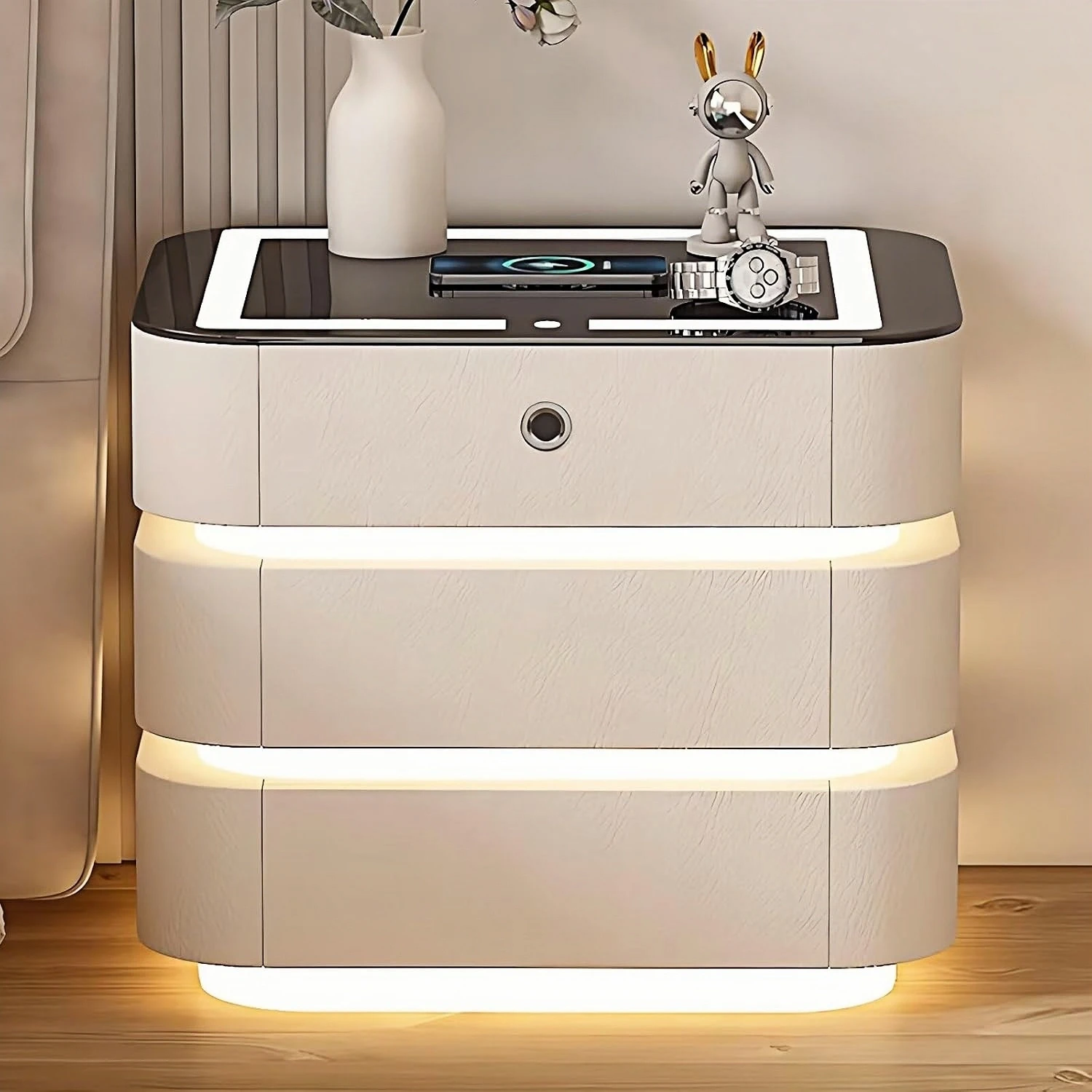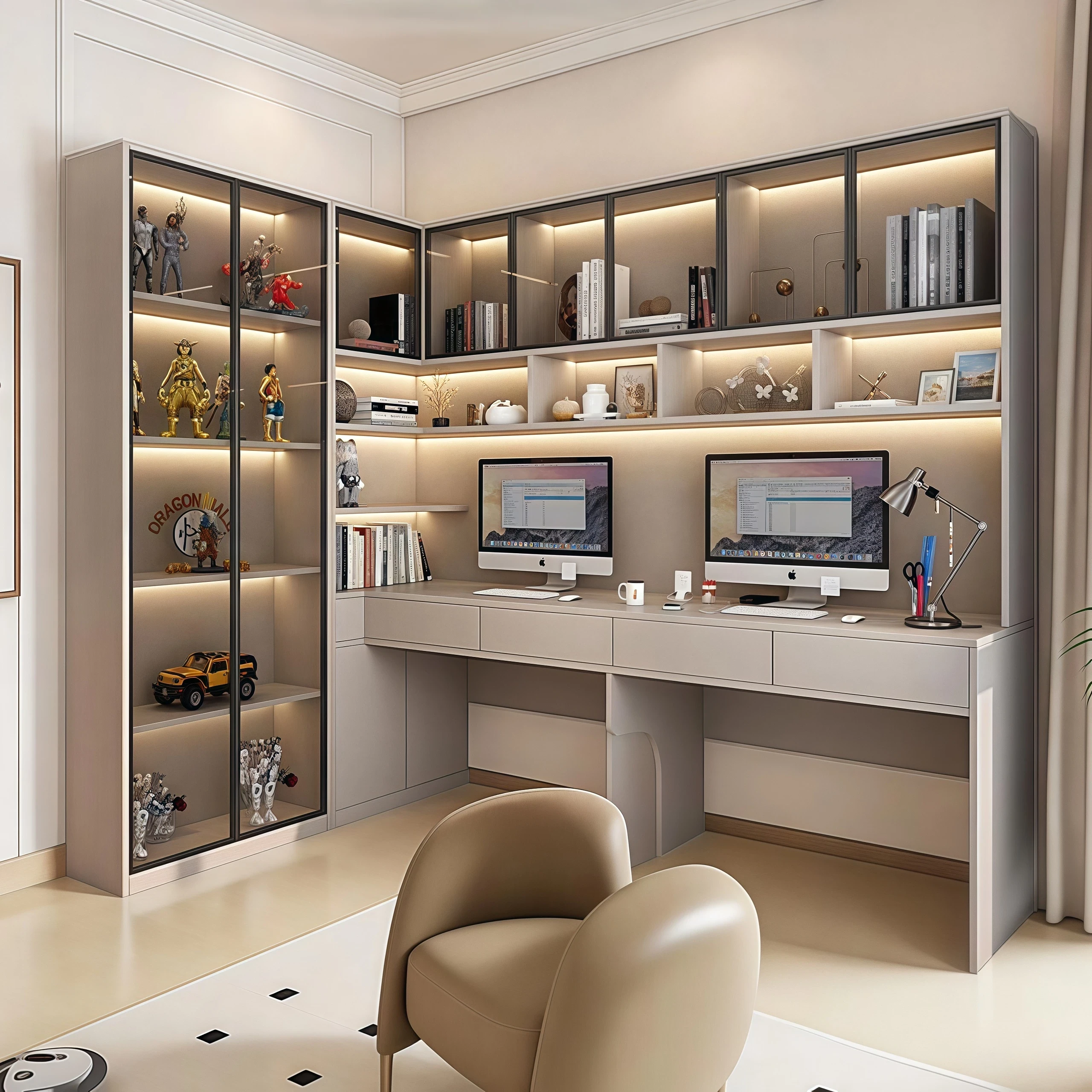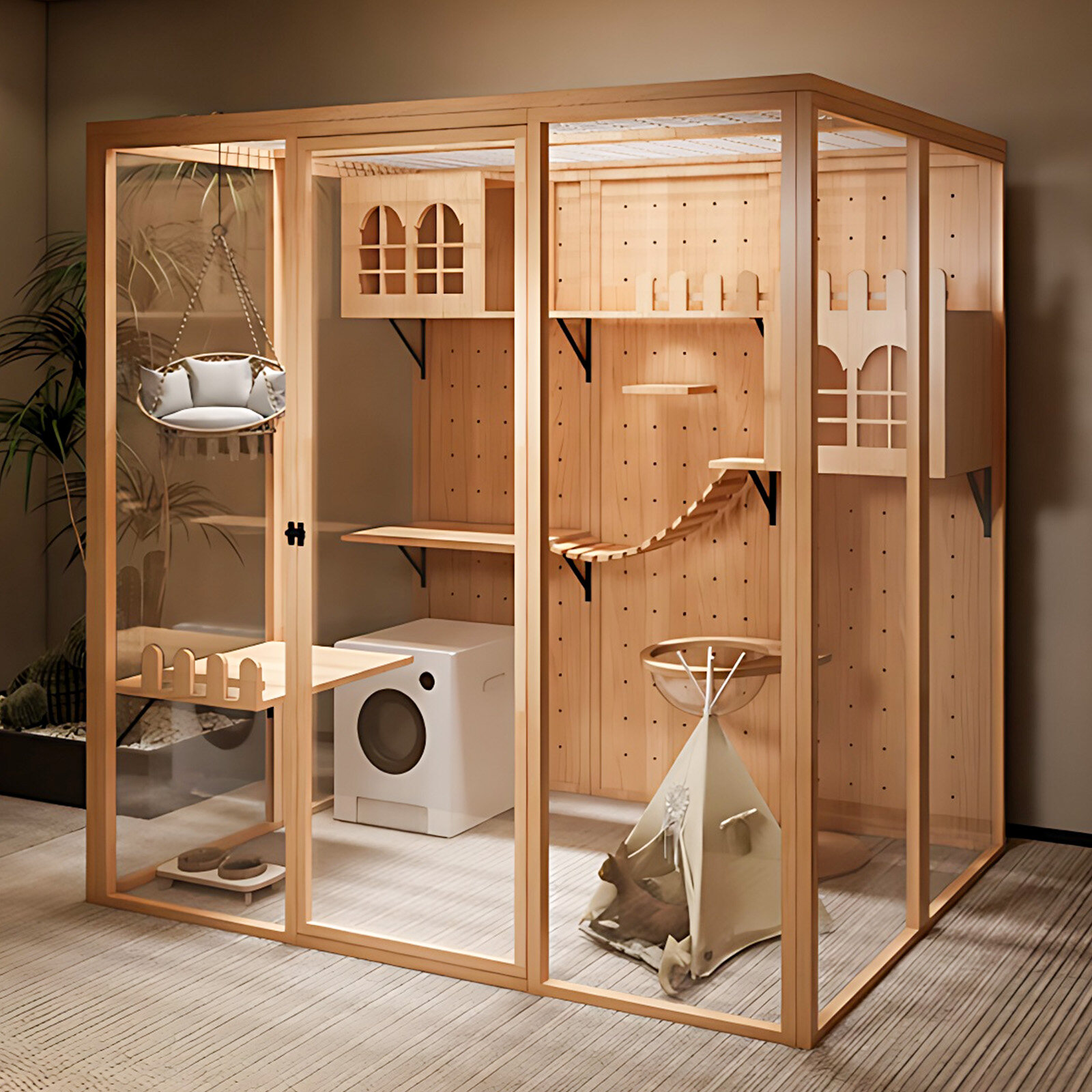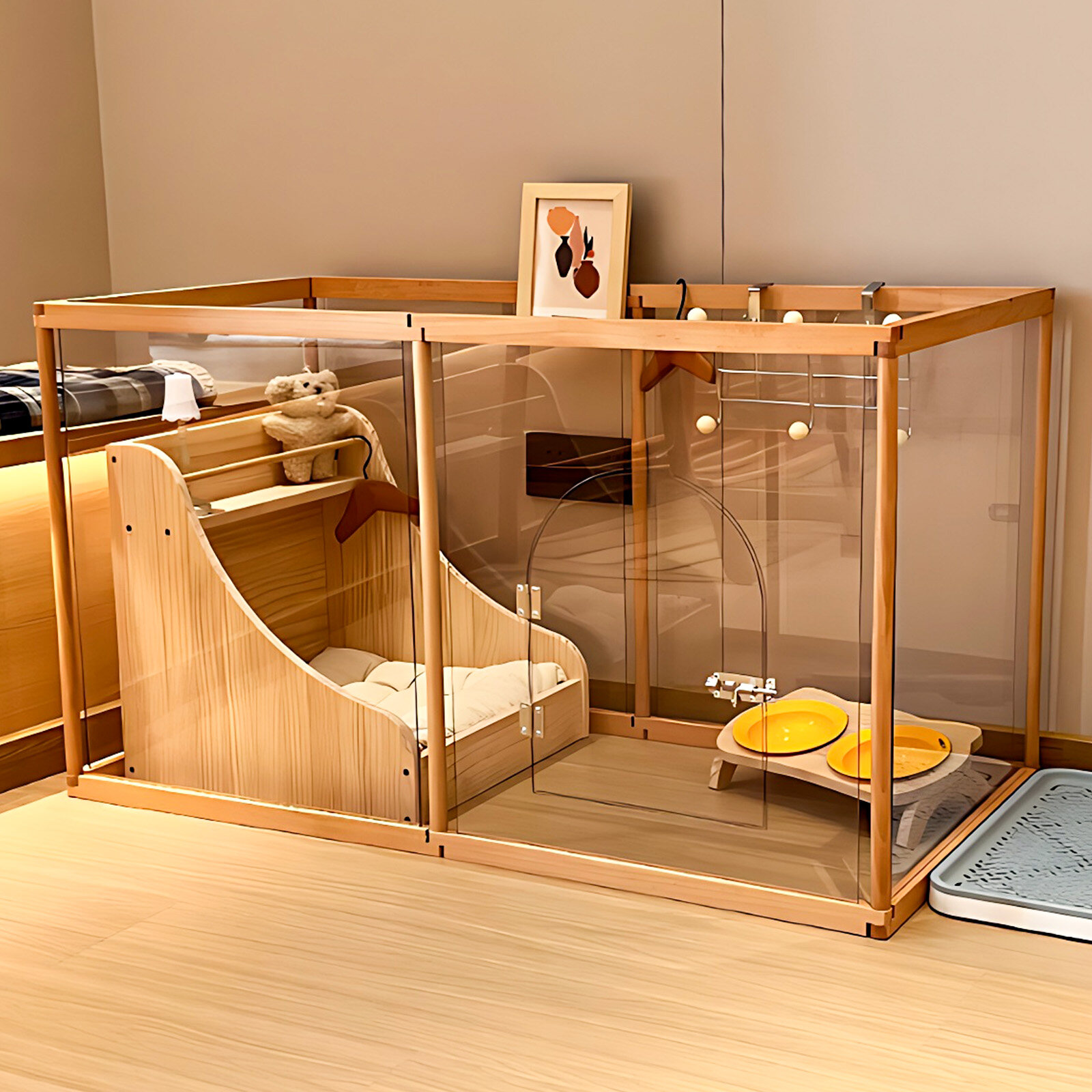With today's home renovations, many people are considering adding a dressing room, replacing a traditional wardrobe. So, why is a dressing room so popular during home renovations? How does it differ from a traditional wardrobe? Home Miscellaneous will answer this question using the following question as an example.
Why do so many people want a dressing room these days? What's the difference between a dressing room and a wardrobe?
Why do so many people want a dressing room these days? What's the difference between a dressing room and a wardrobe? This question actually raises two questions: the difference between a dressing room and a wardrobe, and why are dressing rooms so popular? Home Miscellaneous will answer these questions from both perspectives.
(I): What's the difference between a dressing room and a wardrobe?
Everyone knows that the fundamental function of a dressing room and a wardrobe is to store clothing. However, due to differences in form and space, they can be used very differently. The specific differences between a dressing room and a wardrobe can be roughly summarized in the following five aspects.
①. The size of the space is significantly different. The fundamental difference between a dressing room and a wardrobe lies in their size. For example, a traditional wardrobe only takes up about one square meter, while a wardrobe typically occupies four or five square meters. Therefore, in terms of space, a dressing room is far superior to a traditional wardrobe.
②. Different functions. This refers to the different functions a dressing room and a wardrobe serve. For example, a traditional wardrobe is simply used to store clothing. A dressing room, in addition to storing clothing, can also be used as a dressing room, which is very beneficial for women.
③. Different costs. The cost difference refers to the significant difference between simply building a wardrobe and installing a complete dressing room. Installing a dressing room can easily cost several times more than a wardrobe. A complete dressing room installation can cost tens of thousands of yuan, making it quite expensive. ④. Different requirements. The difference here refers to the completely different requirements for home space during installation and construction for wardrobes and dressing rooms. For example, a traditional wardrobe can be built on any wall in the bedroom, and can be either custom or integrated. A dressing room, on the other hand, must be a separate room. Therefore, if the space doesn't meet these requirements, installing a dressing room is difficult.
⑤: Different clothing storage methods. Traditional wardrobes, due to their limited space, can only hold a limited amount of clothing, and most clothes need to be folded and stored to maximize the space within the wardrobe. This makes it very inconvenient to find clothes later. Cloakrooms, on the other hand, offer a wide range of storage options due to their spaciousness. Clothes can be hung and divided into different areas, making it very convenient and easy to find.
(II) Why do so many people prefer dressing rooms these days?
It's safe to say that the vast majority of people enjoy dressing rooms. Aside from the relatively high installation cost during renovation, I personally believe that a walk-in room offers numerous advantages, provided the necessary conditions are met. Therefore, if your home meets the requirements, consider including a walk-in room during renovation. The benefits of a walk-in room are significant. To summarize, they are primarily reflected in the following three key aspects:
①: Large Space and Storage Capacity. By "large space" and "large storage capacity," we mean that a walk-in room offers a significant amount of space. For example, a traditional wardrobe occupies approximately one square meter, while a walk-in room typically measures four or five square meters. Furthermore, a walk-in room can accommodate numerous storage racks, wardrobes, and other items in three dimensions. This effectively accommodates any unused clothing.
②: Convenience. Convenience means that clothes can be hung and organized into different areas. For example, we can divide our walk-in room into sections for winter, autumn, spring, and summer clothing, as well as corresponding shoe areas. This allows for convenient storage of different categories, preventing mold and dampness from forming due to clutter.
③: Fitting in. Fitting in refers to the fact that when we go shopping for clothes, we typically have a fitting room equipped with a mirror, making it convenient for trying on clothes. For dressing rooms, this can also be incorporated during the renovation process, making them even more practical.
Notes: ① If you want to install a dressing room, it must be designed and planned well in advance during renovations. Adding a dressing room later on can be difficult. ② When designing a dressing room, maximize space utilization. In other words, most walls should be filled with storage cabinets. ③ When designing a dressing room, it's best to leave space for trying on clothes, as this will be more convenient later.
Conclusion
Regarding dressing rooms and wardrobes in the home, I believe many people understand the advantages of a dressing room. A dressing room offers numerous advantages over a wardrobe. However, whether or not to include a dressing room in your home must be carefully considered during the renovation process, tailored to the specific layout of your home. This ensures a well-designed and convenient dressing room.

 USD
USD
 GBP
GBP
 EUR
EUR
